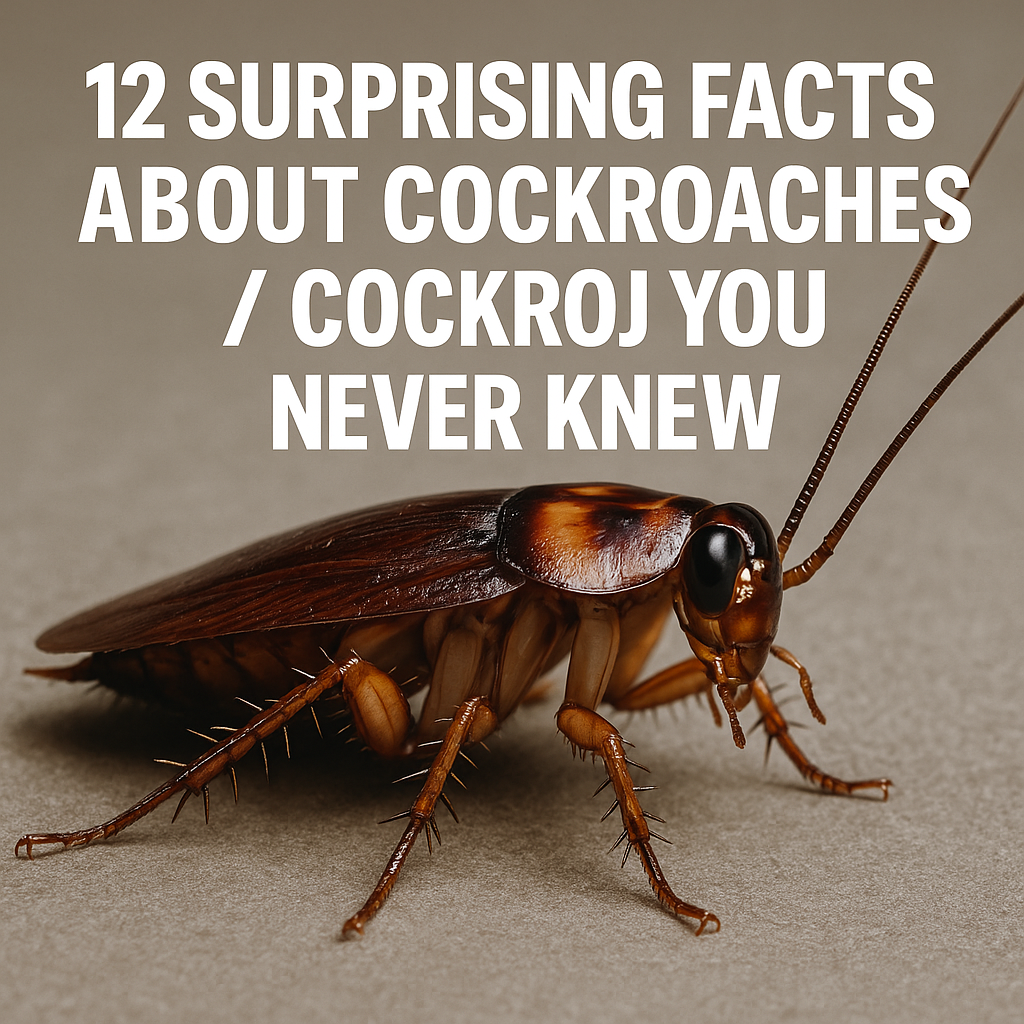
12 SURPRISING FACTS ABOUT COCKROACHES / COCKROJ YOU NEVER KNEW
Cockroaches / cockroj are among the planet’s toughest survivors—ancient, adaptable, and often misunderstood. You’ve probably seen them scuttling across your kitchen floor at 2 AM, but there’s a lot more to these insects than a creepy infestation. Here are 12 jaw-dropping facts about cockroaches / cockroj that will change the way you see them (and maybe make you think twice before smashing the next one).
1. COCKROACHES / COCKROJ ARE OLDER THAN DINOSAURS
Fossil evidence dates cockroaches / cockroj back over 320 million years to the Carboniferous period—roughly 90 million years before the first dinosaurs appeared. They’ve survived mass extinctions, continental drift, and radical climate shifts.
2. THEY CAN LIVE FOR DAYS WITHOUT A HEAD
A cockroach / cockroj can survive up to 7 days without its head. Why? Their brain functions are distributed throughout their body, and they breathe through spiracles—not mouths—so even decapitated individuals can scuttle on until they starve or dehydrate.
3. THEY HOLD THEIR BREATH FOR 40 MINUTES
Need to duck underwater? A cockroach / cockroj can hold its breath for nearly 40 minutes by closing its spiracles. This adaptation helps them survive floods and high-humidity environments.
4. SOME SPECIES CAN GLIDE OR “FLY” SHORT DISTANCES
While many indoor roach species barely flutter, the American and Smokybrown cockroaches / cockroj sport full wings and can glide or take brief flights, covering up to 30 feet in one swoop.
5. THEY CAN GO A MONTH WITHOUT FOOD
Cockroaches / cockroj survive on body fat alone for up to 30 days without eating. Their slow metabolism and willingness to eat almost anything—from paper and glue to decaying matter—make them masters of scarcity.
6. THEY SQUEEZE THROUGH GAPS JUST 1 MILLIMETER WIDE
A cockroach / cockroj’s exoskeleton is surprisingly flexible. They can flatten their bodies to slip through cracks as narrow as 1 mm—that’s thinner than a credit card!
7. THEY’RE SPEED DEMONS IN THE INSECT WORLD
At up to 3 miles per hour, a cockroach / cockroj can cover 50 body lengths per second. That’s equivalent to a human running at over 200 mph.
8. THEY HAVE EARS ON THEIR BELLYS
Cockroaches / cockroj detect sound with tiny eardrums called tympana, located on their front legs rather than their heads. This lets them sense approaching predators—like you!
9. THEY’RE SOCIAL AND COMMUNICATE VIA CHEMICALS
These insects live in groups and use pheromones to share information about food sources, danger zones, and mating. They even follow “odor trails” laid down by fellow roaches to a new feast.
10. THEY’RE HIGHLY RADIATION-RESISTANT
Cockroaches / cockroj can withstand doses of radiation up to 15 times what would kill a human. Their rapid cell cycle and DNA-repair abilities help them bounce back from genetic damage.
11. THEY’RE NATURE’S CLEAN-UP CREWS
In the wild, cockroaches / cockroj play a vital role as decomposers, eating decaying plants and animals and recycling nutrients back into the soil.
12. THEY SPREAD OVER 30 HUMAN PATHOGENS
On the downside, cockroaches / cockroj can carry Salmonella, E. coli, and other bacteria on their legs. Their droppings and shed skins also trigger allergies and asthma—especially in children.
Conclusion & Prevention Tips
Cockroaches / cockroj are astonishingly resilient and ecologically important, but they don’t belong inside your home. To keep them out:
-
Seal entry points: Caulk cracks, install door sweeps, repair screens.
-
Maintain cleanliness: Wipe up crumbs, store food in sealed containers.
-
Eliminate moisture: Fix leaks, use dehumidifiers in damp areas.
-
Set targeted baits: Place gel baits or glue traps in corners and under appliances.
Armed with these facts, you’ll appreciate the marvel of cockroaches / cockroj—while still keeping your kitchen roach-free.

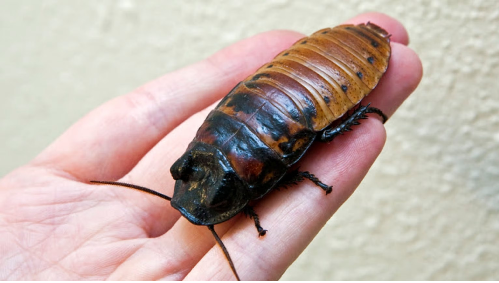
Youtube Video
Invalid YouTube URL provided.
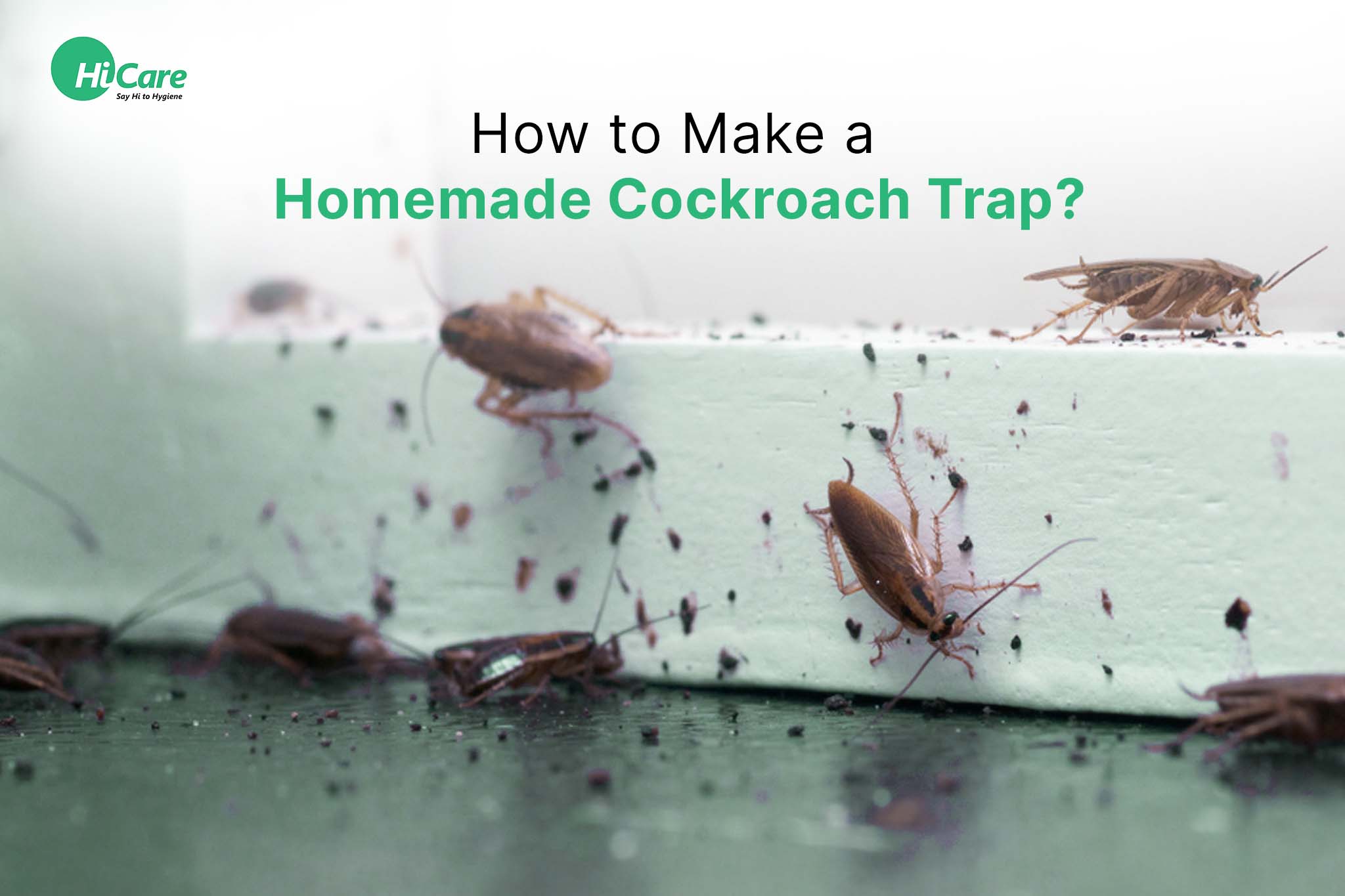
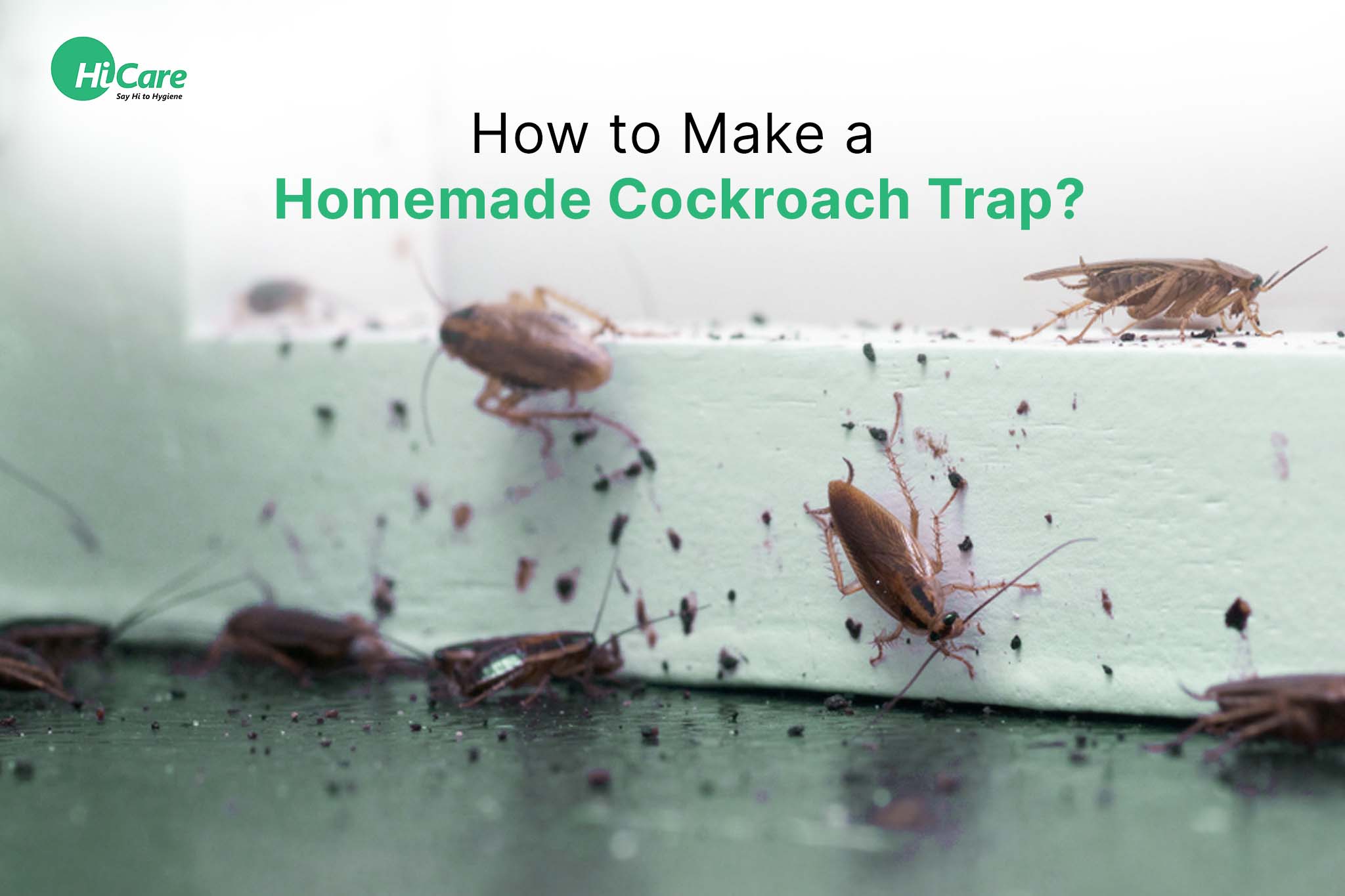


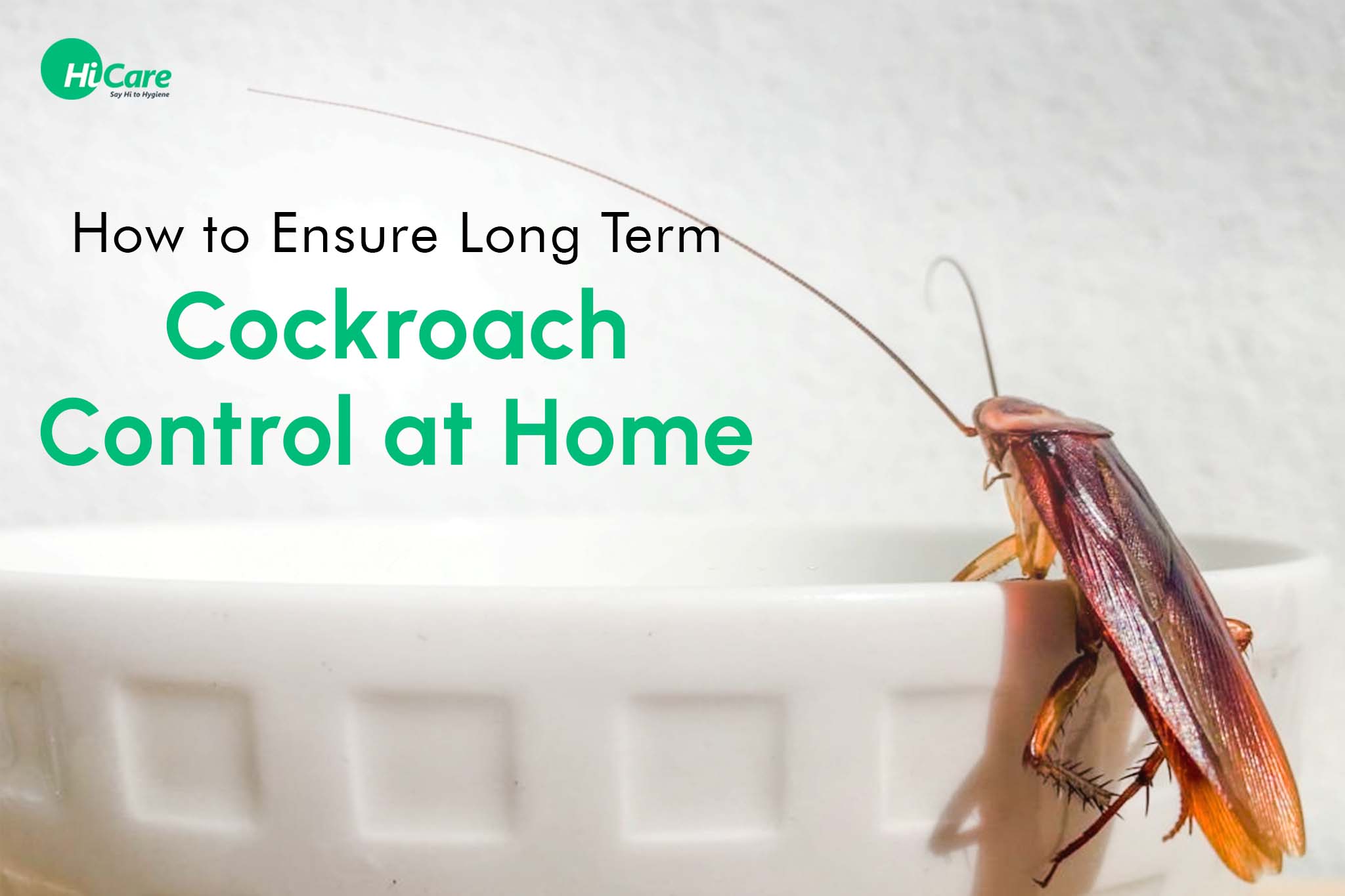
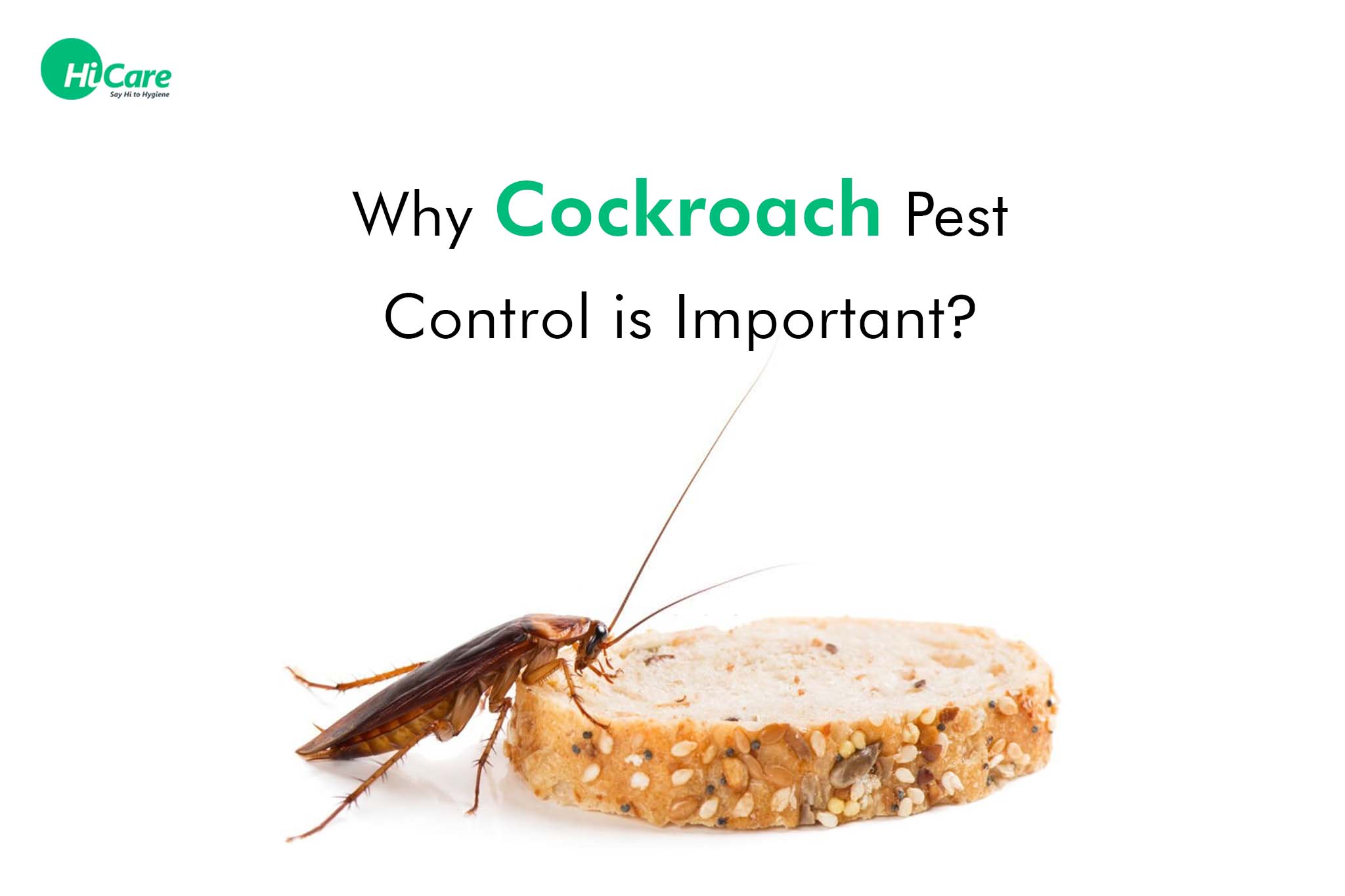
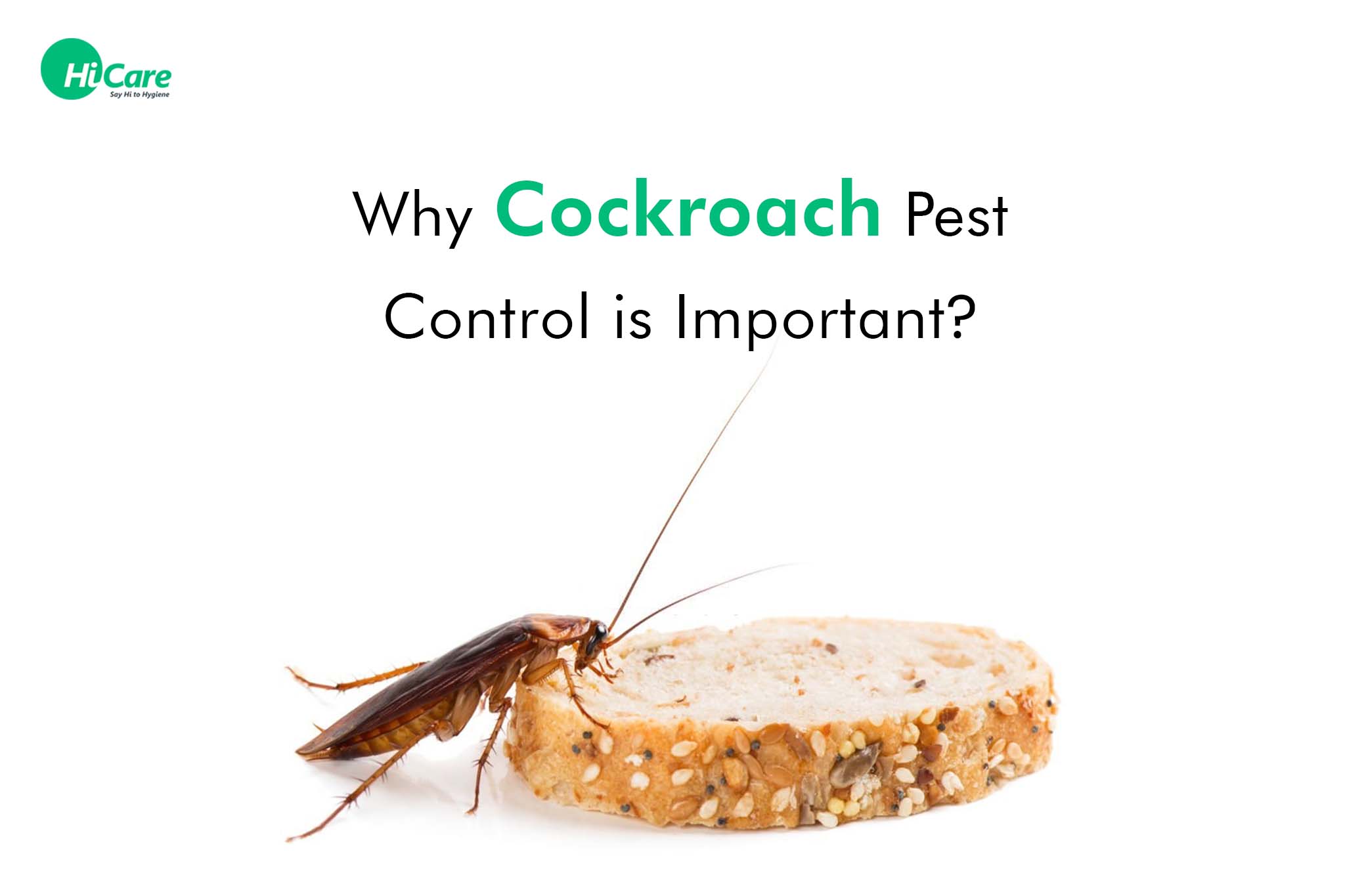

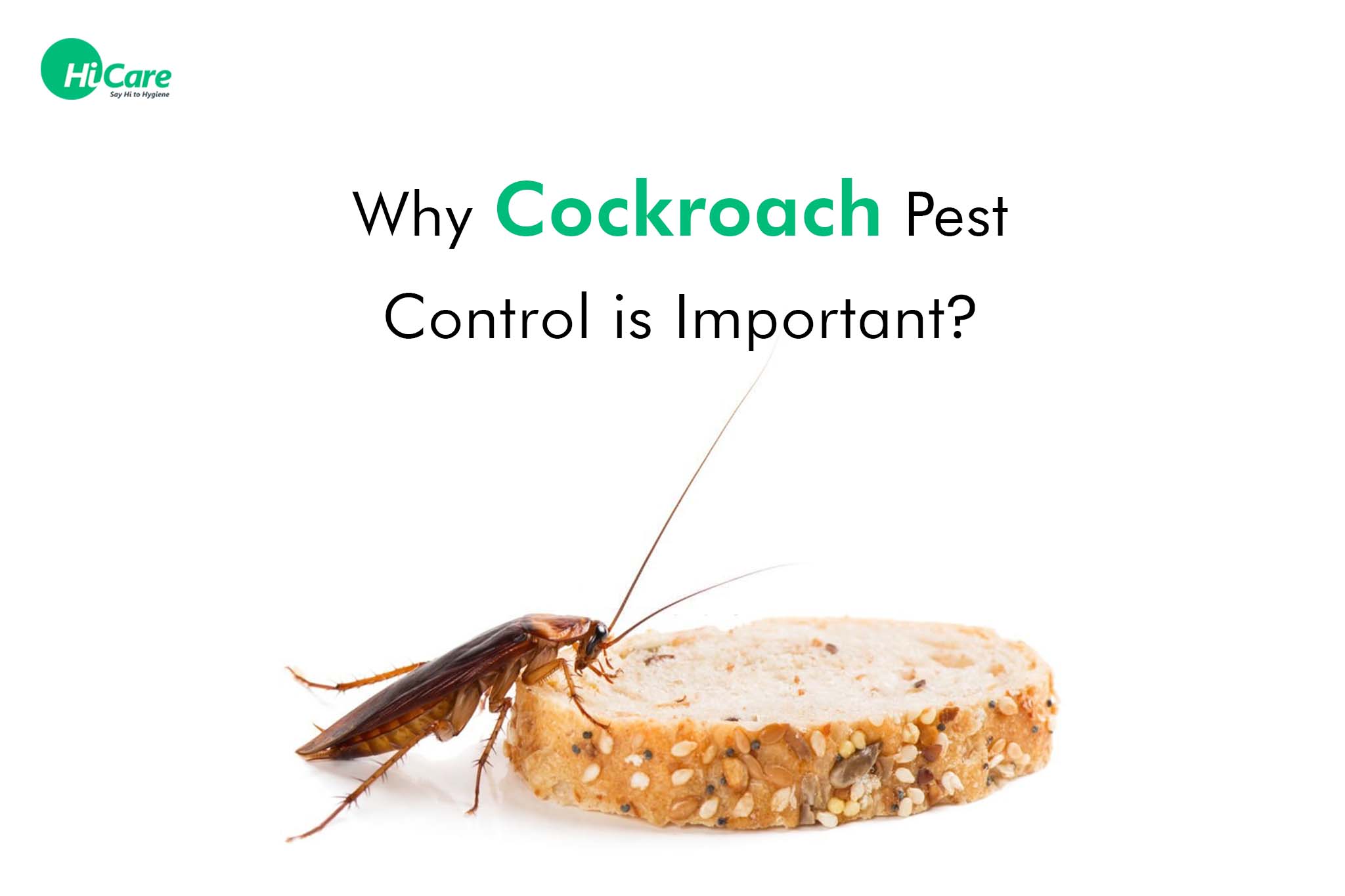
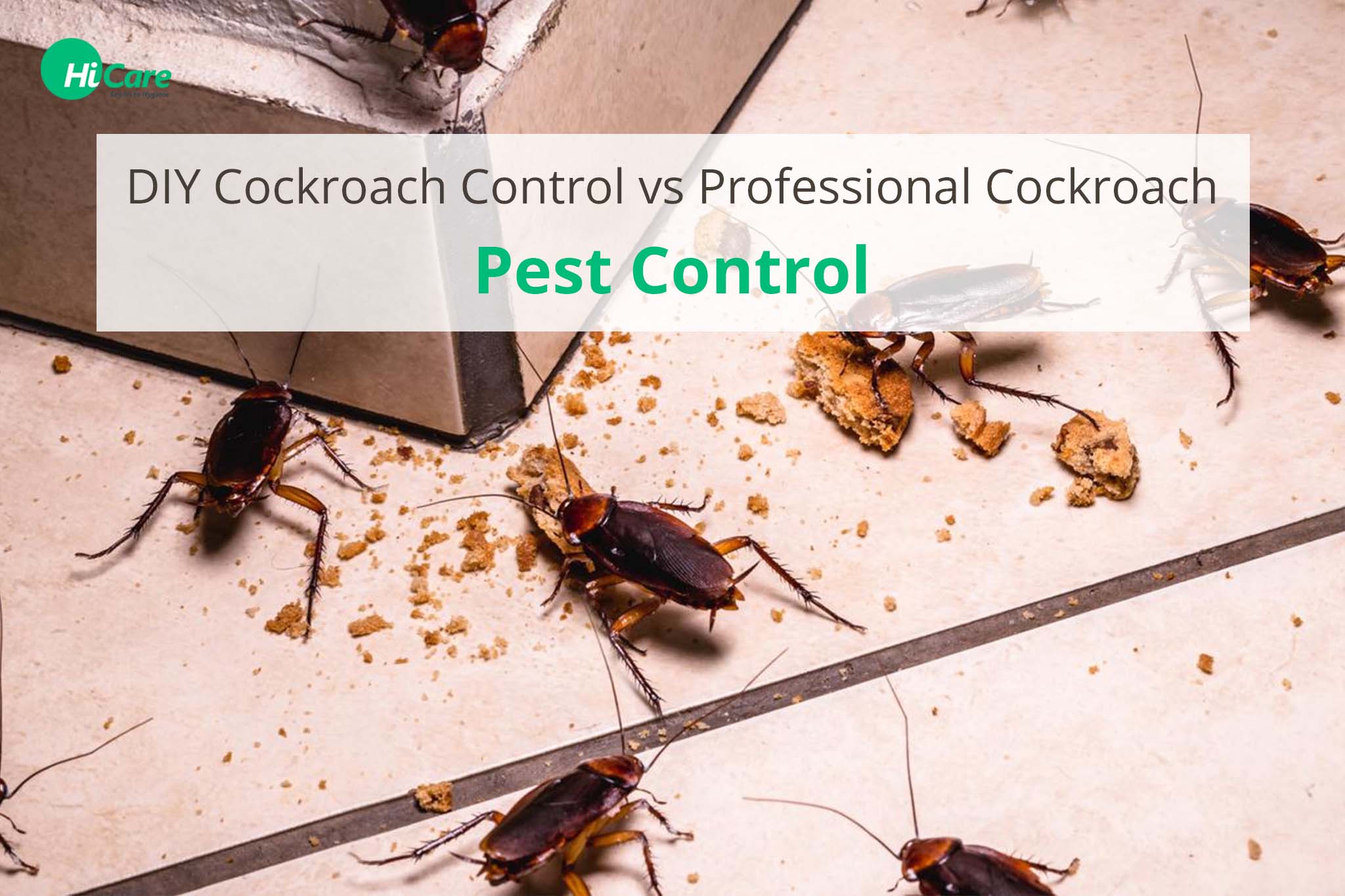



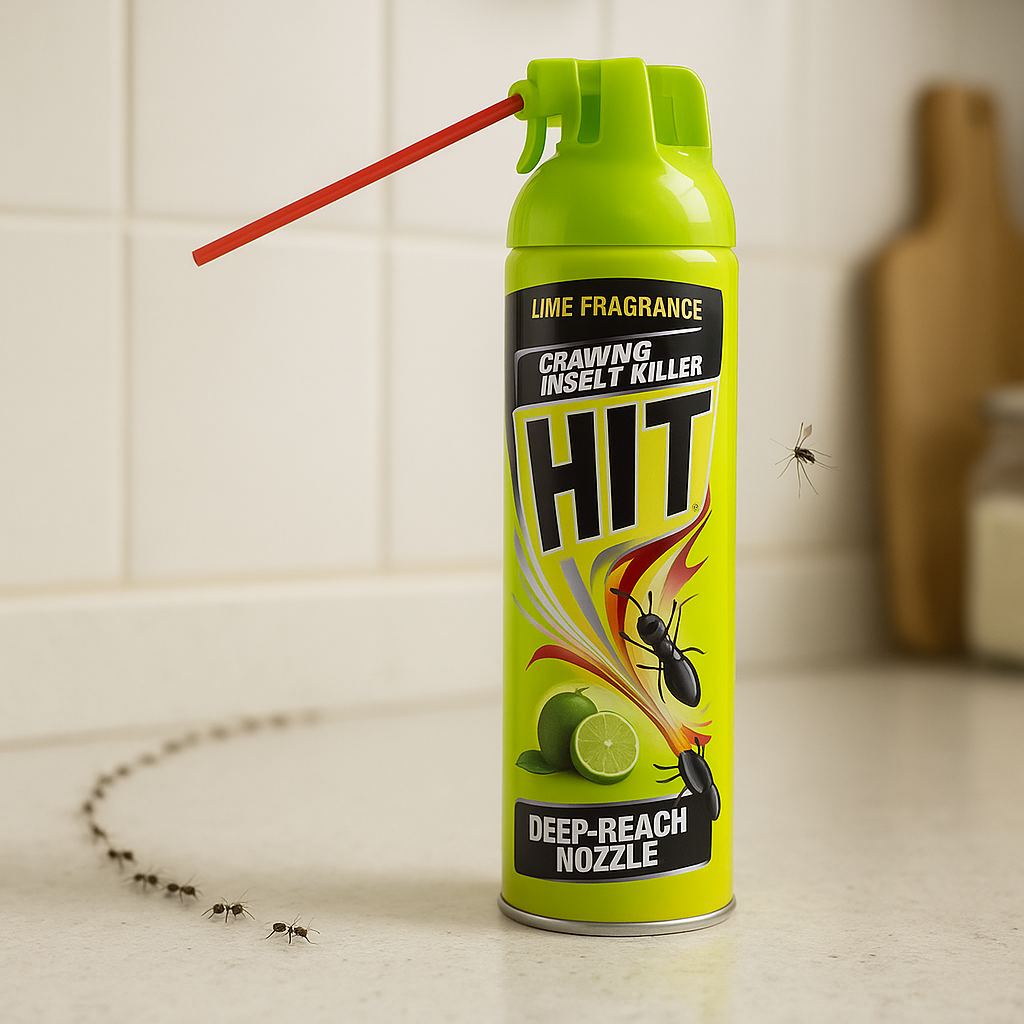
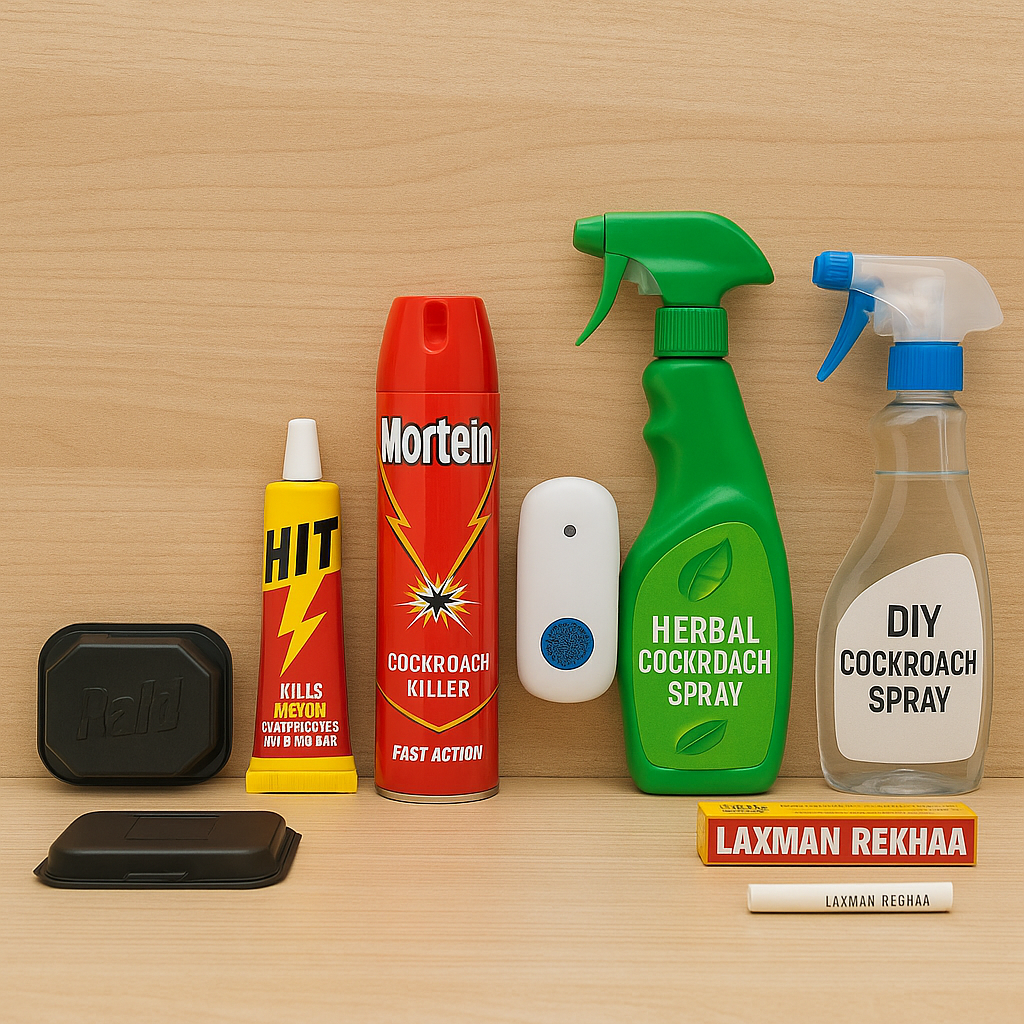

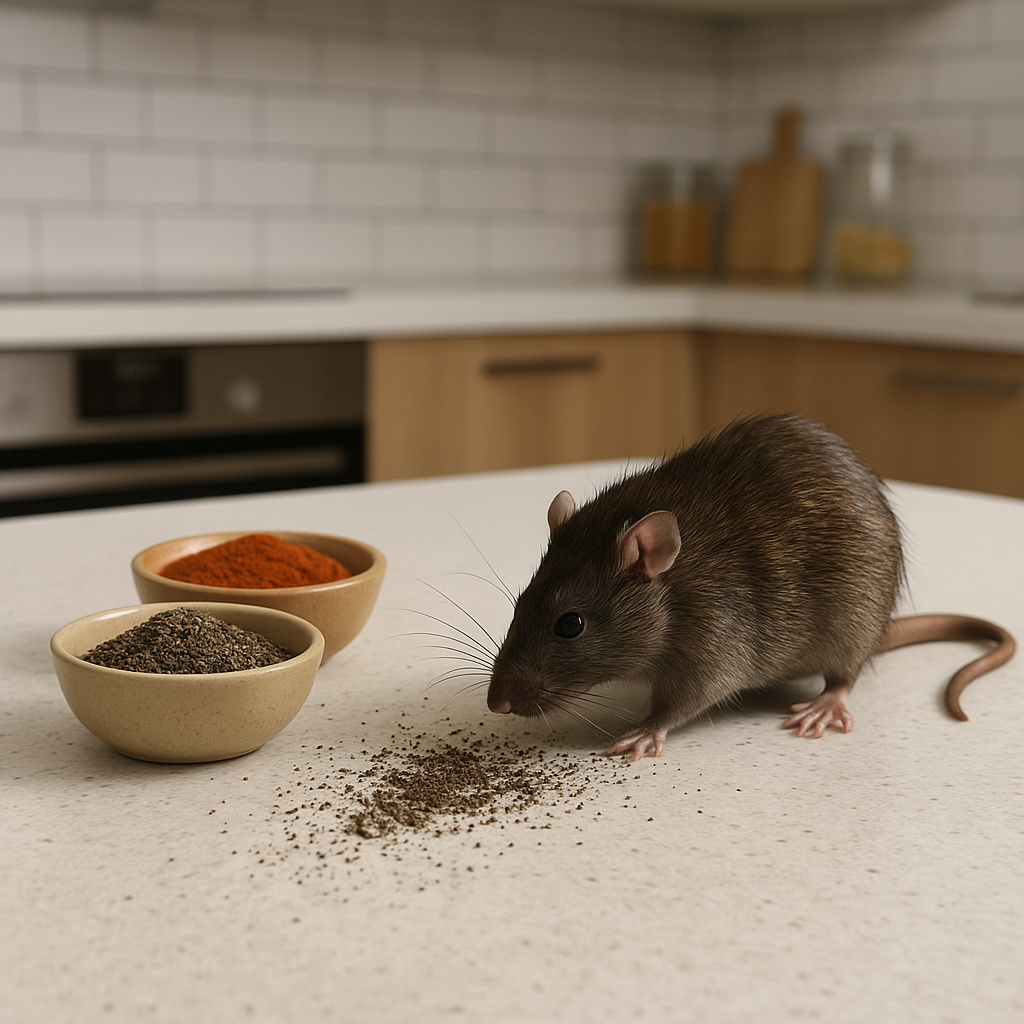
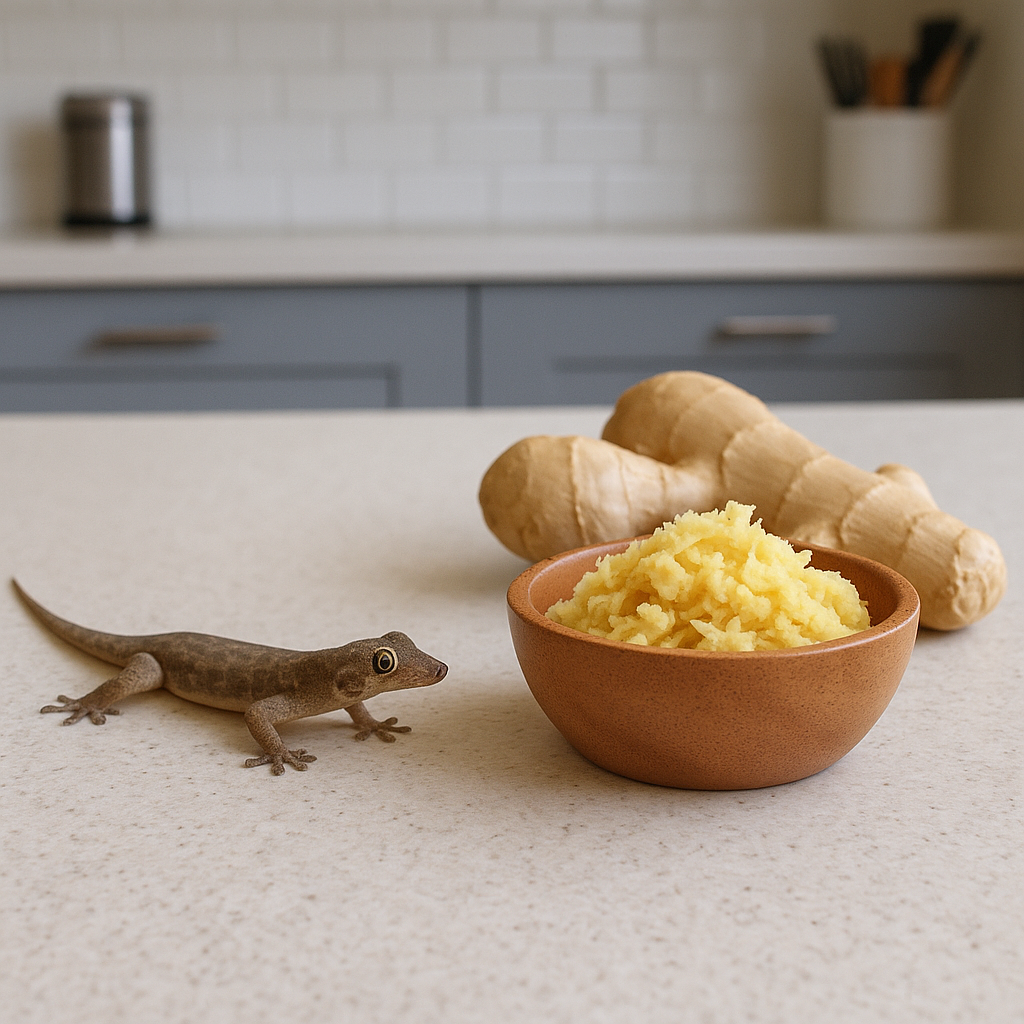
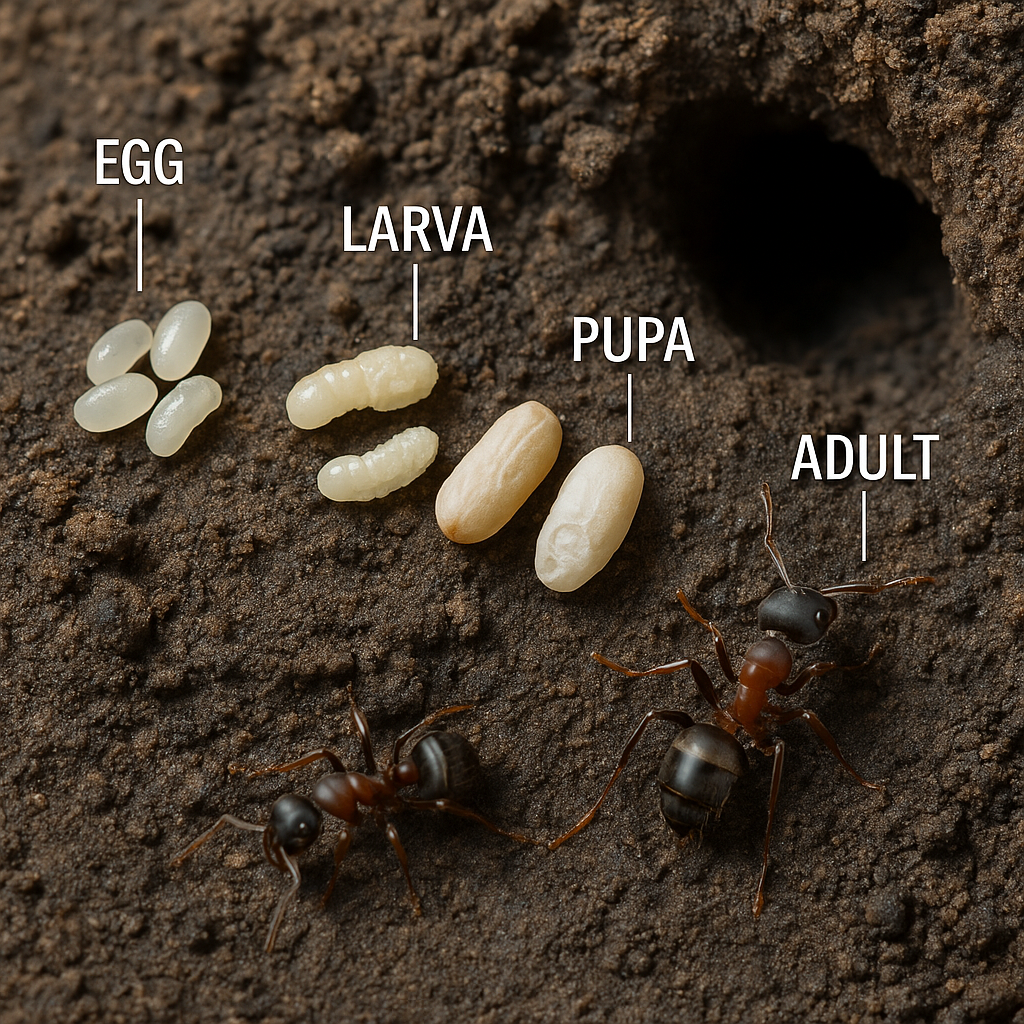
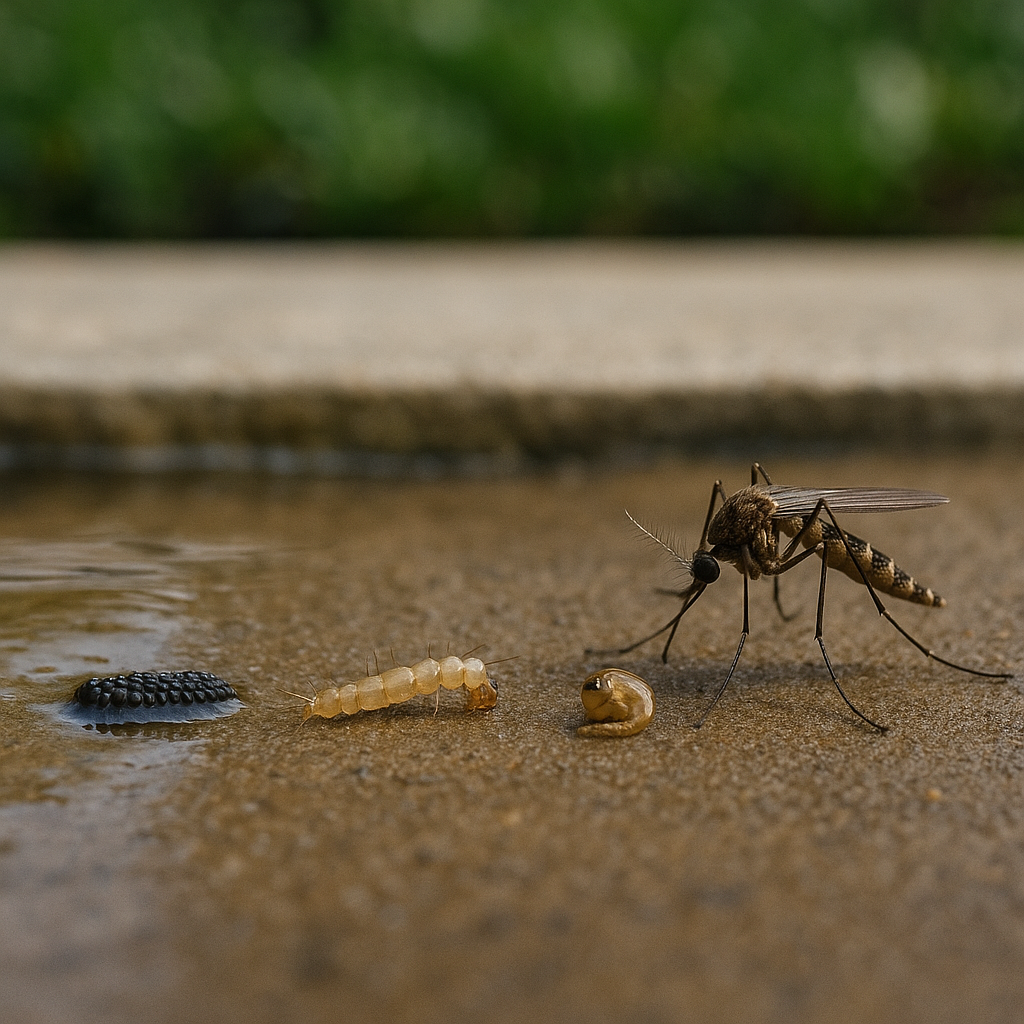
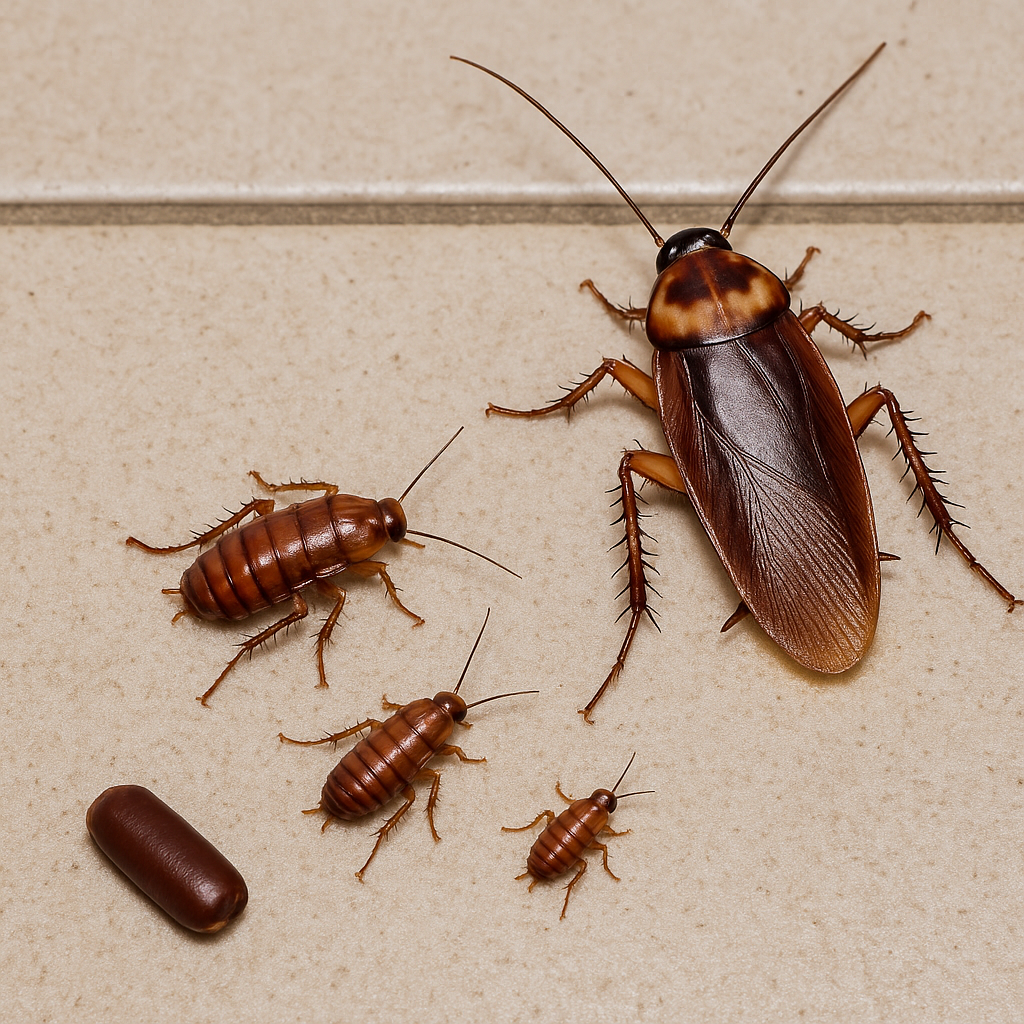
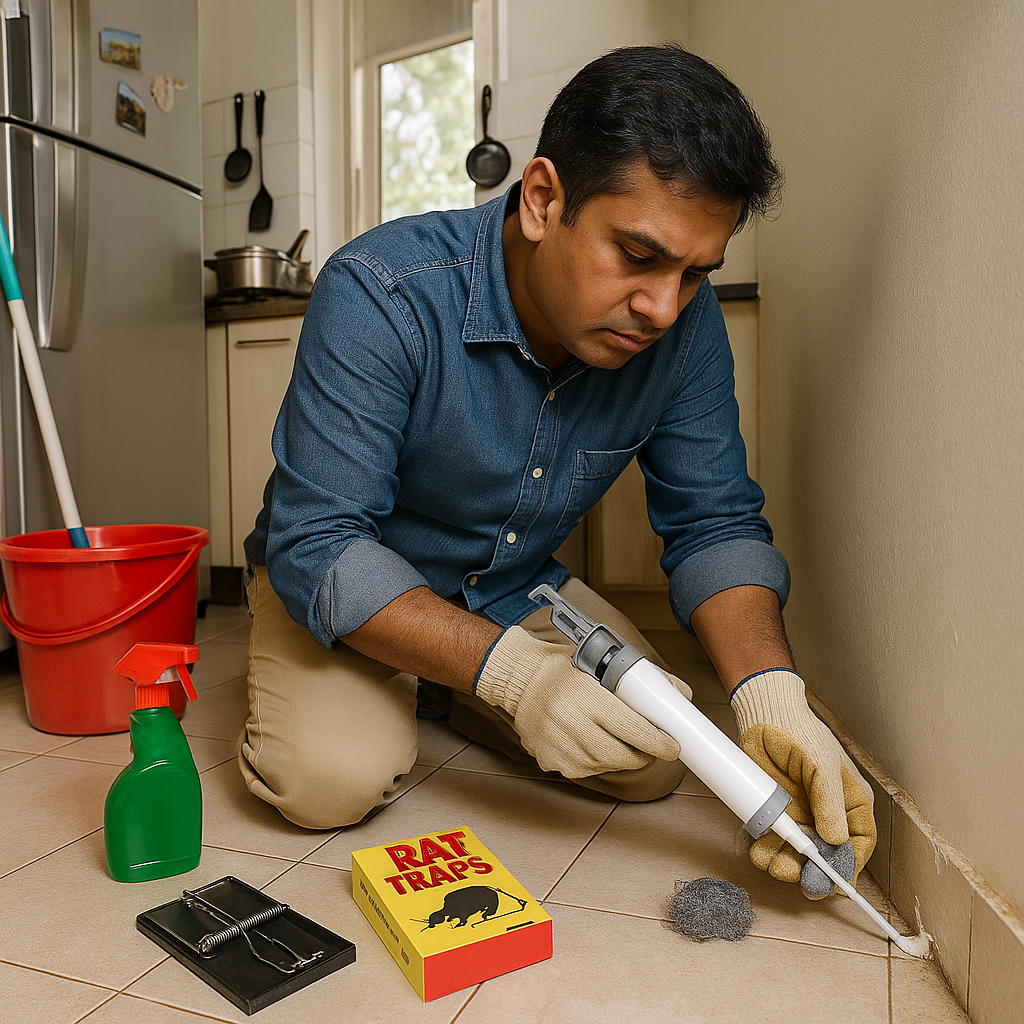
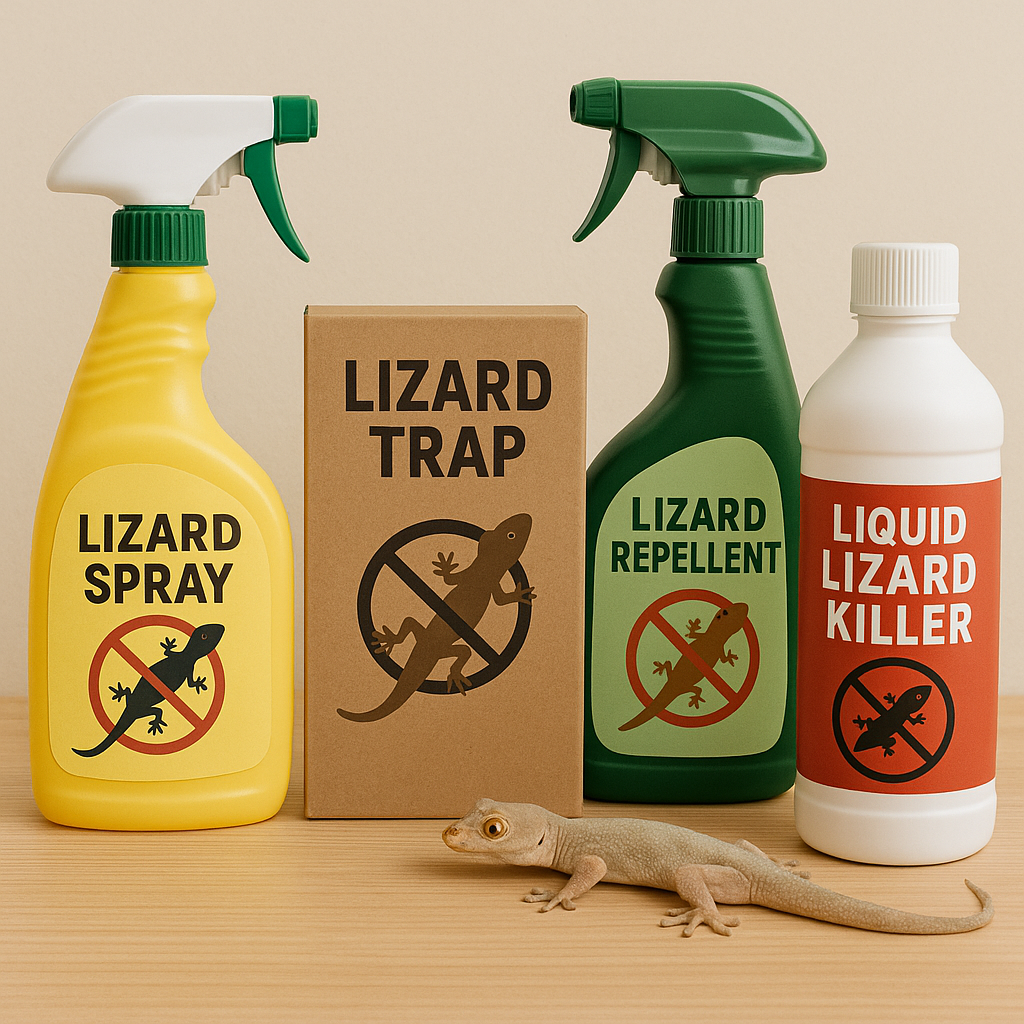
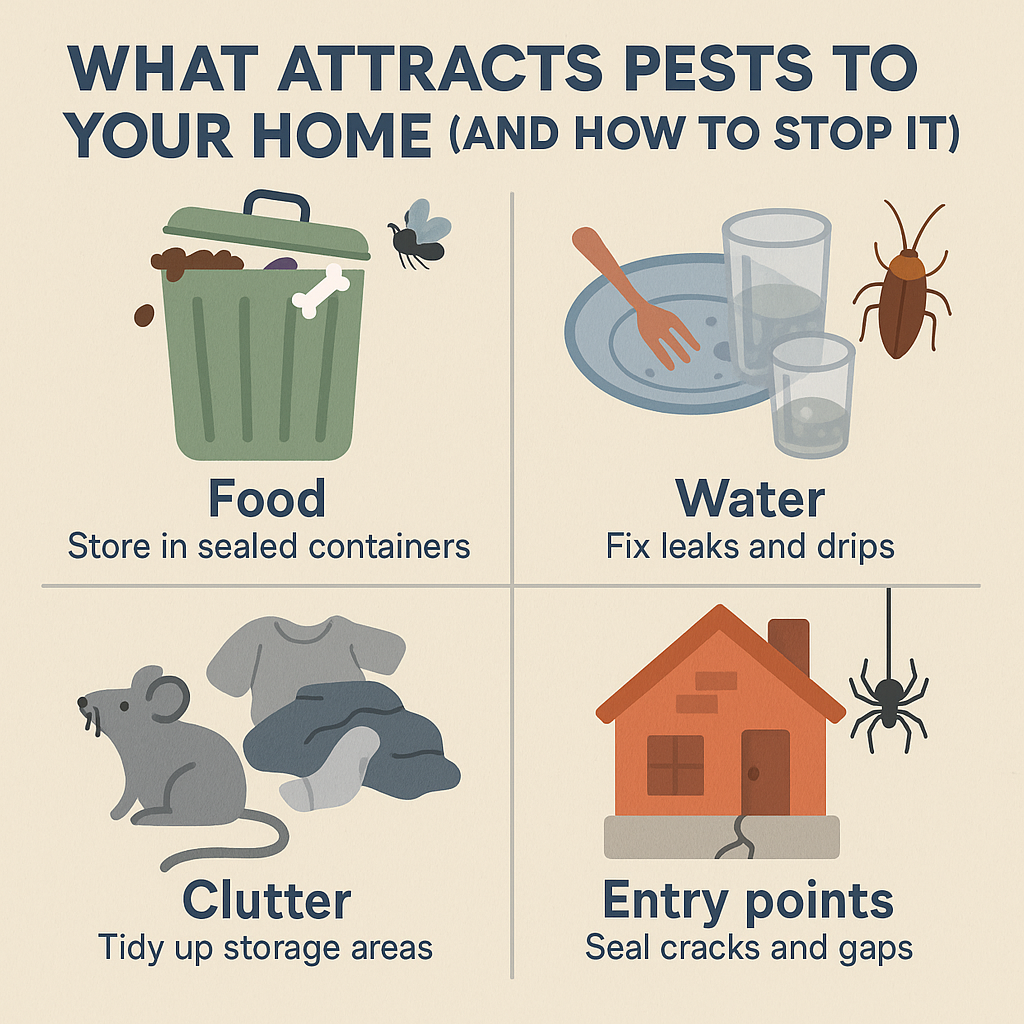


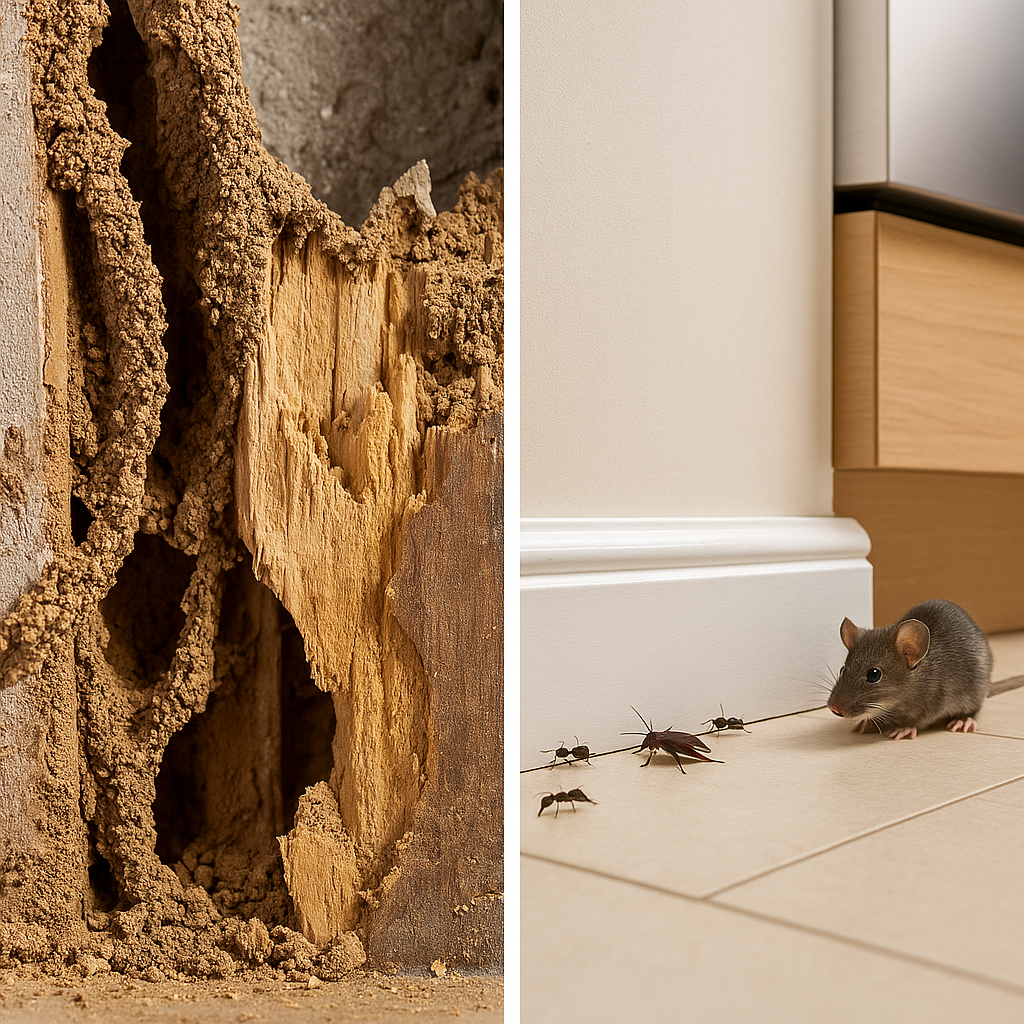
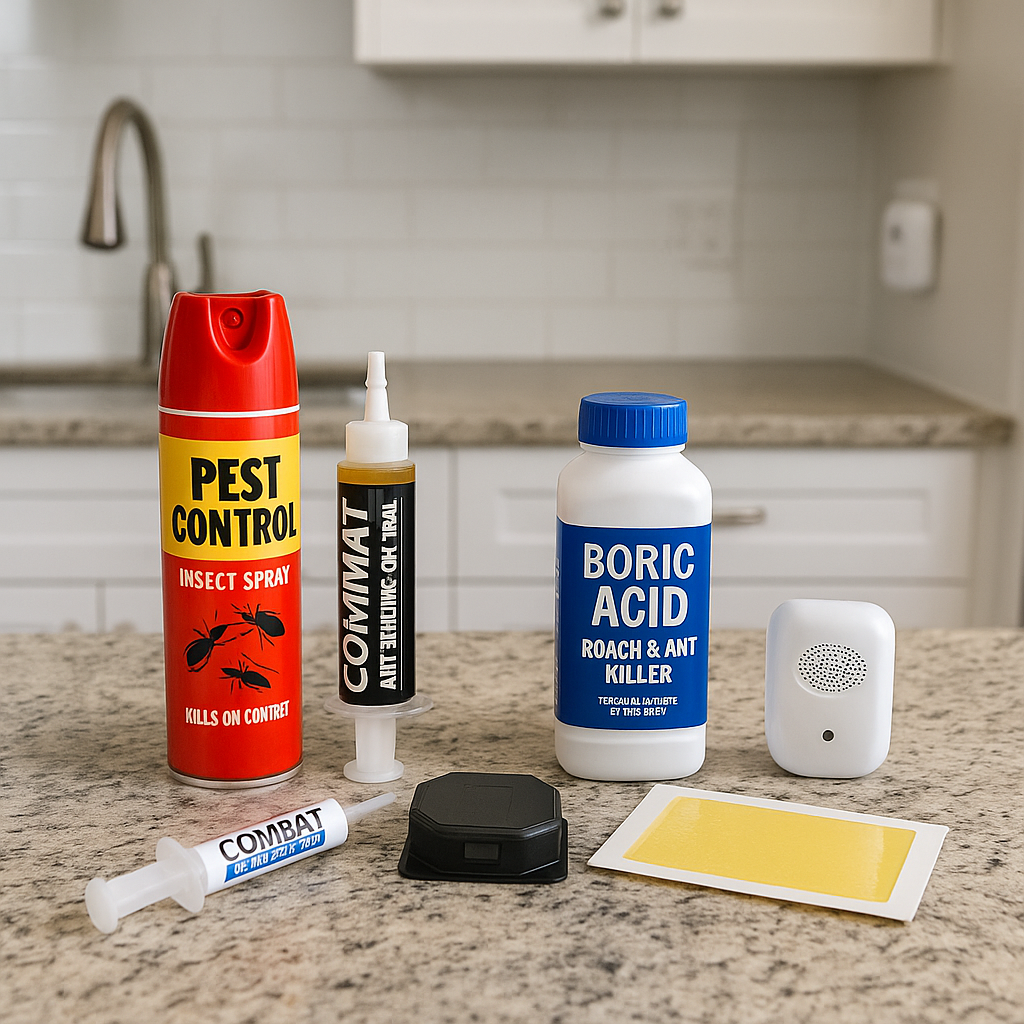
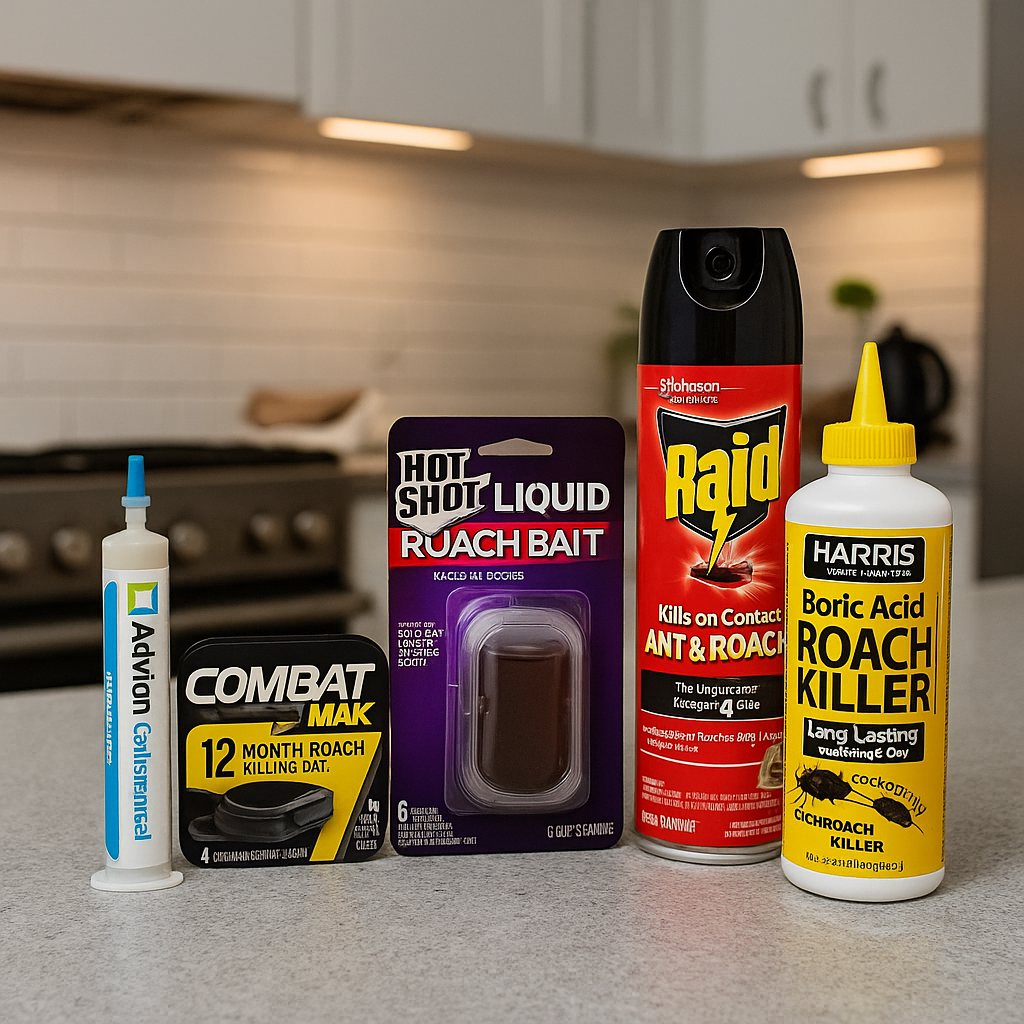
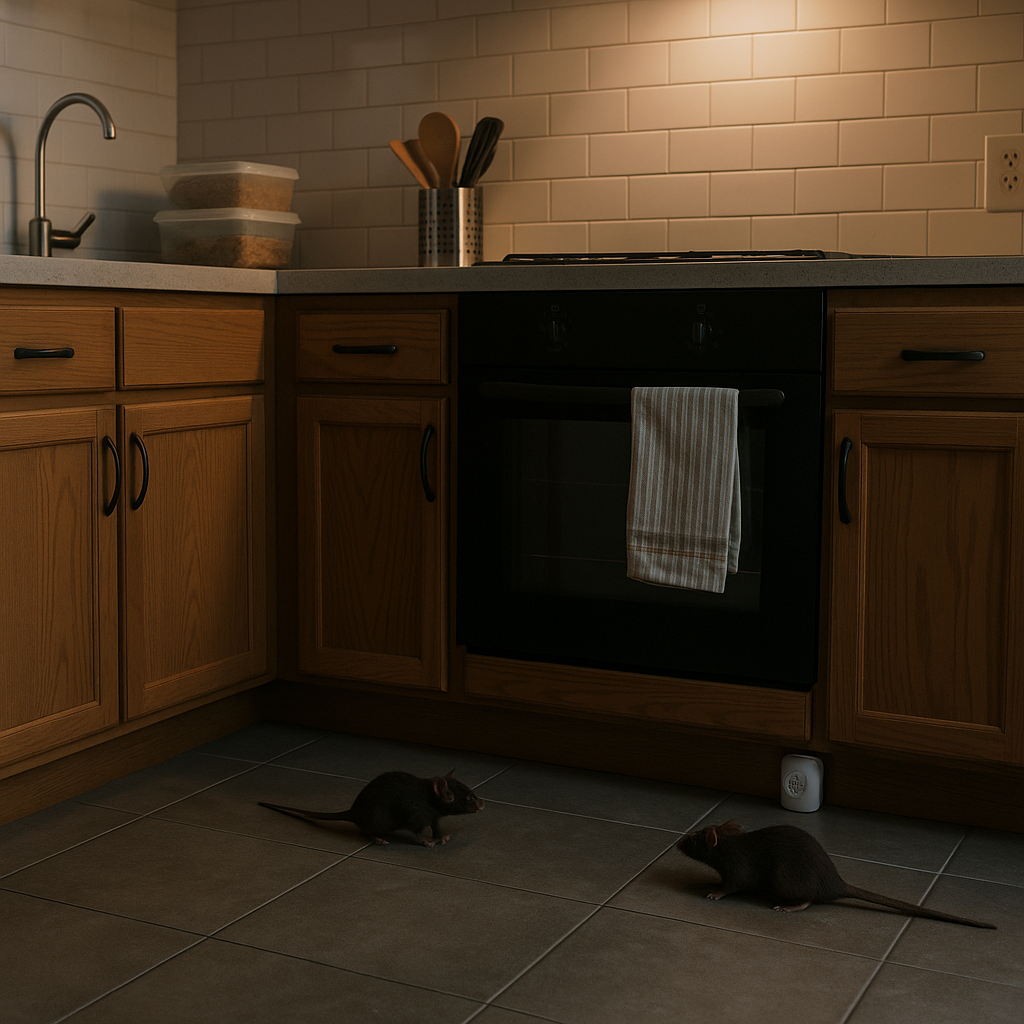
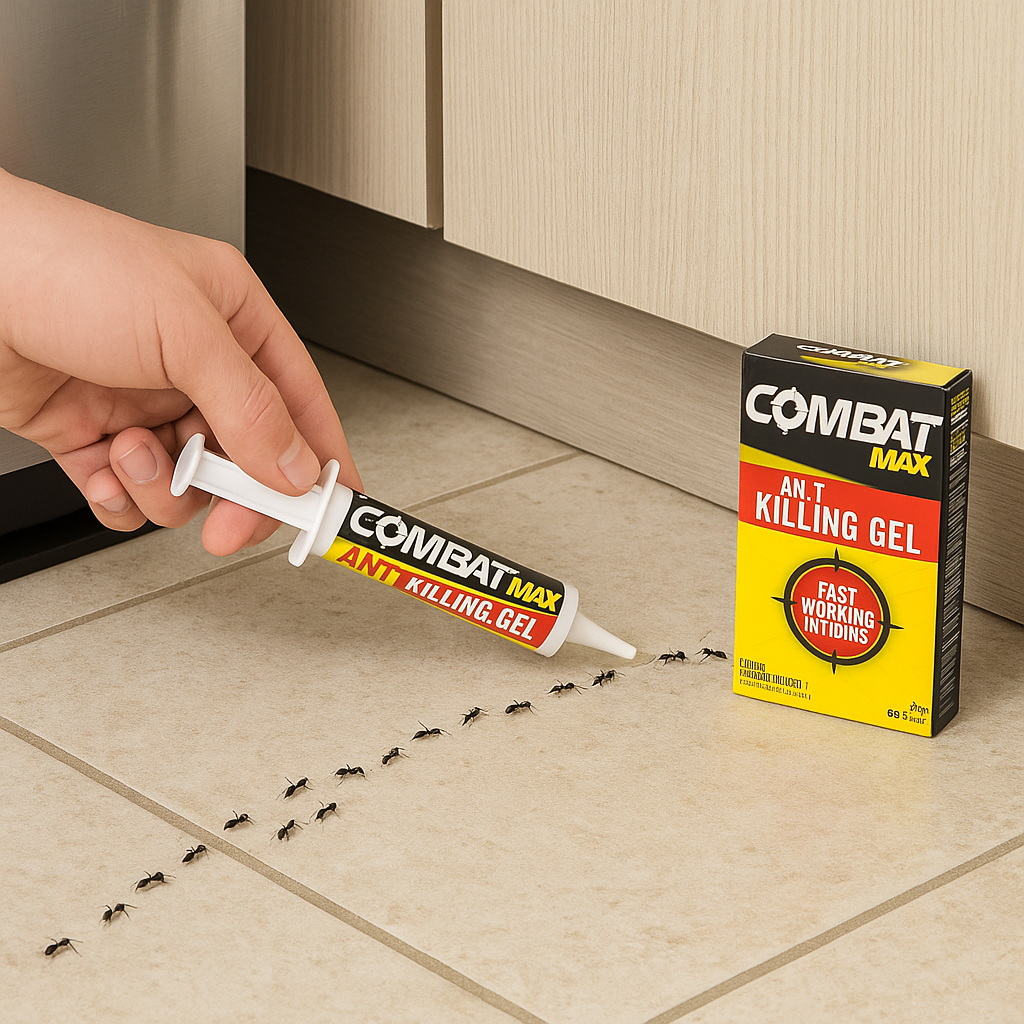


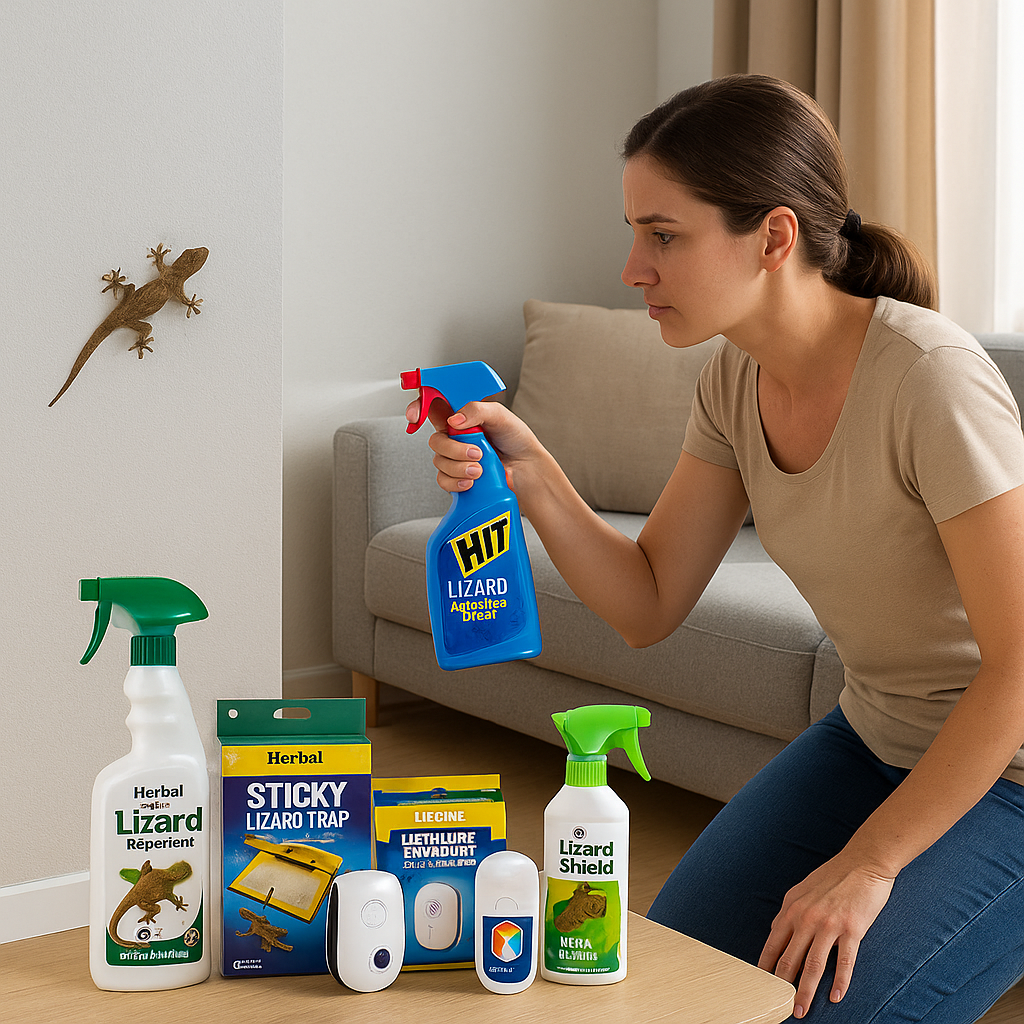
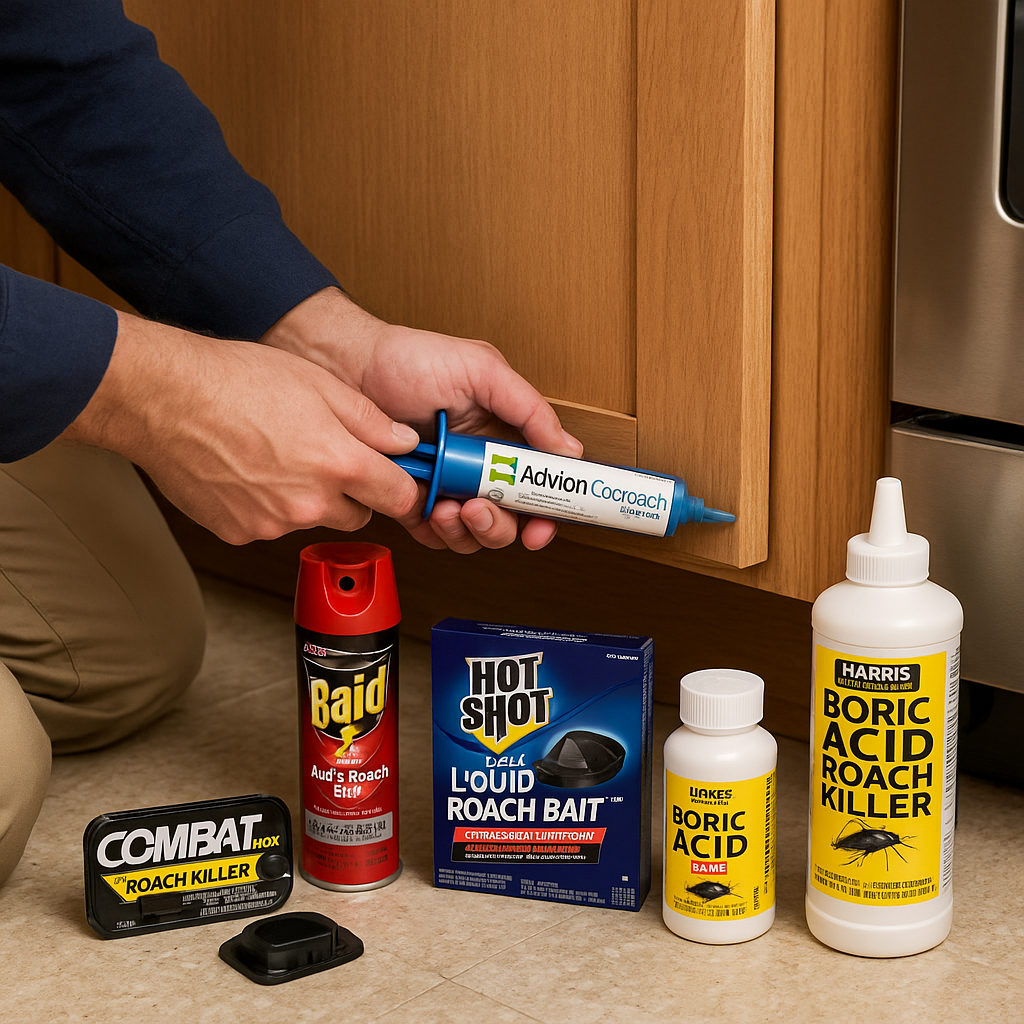


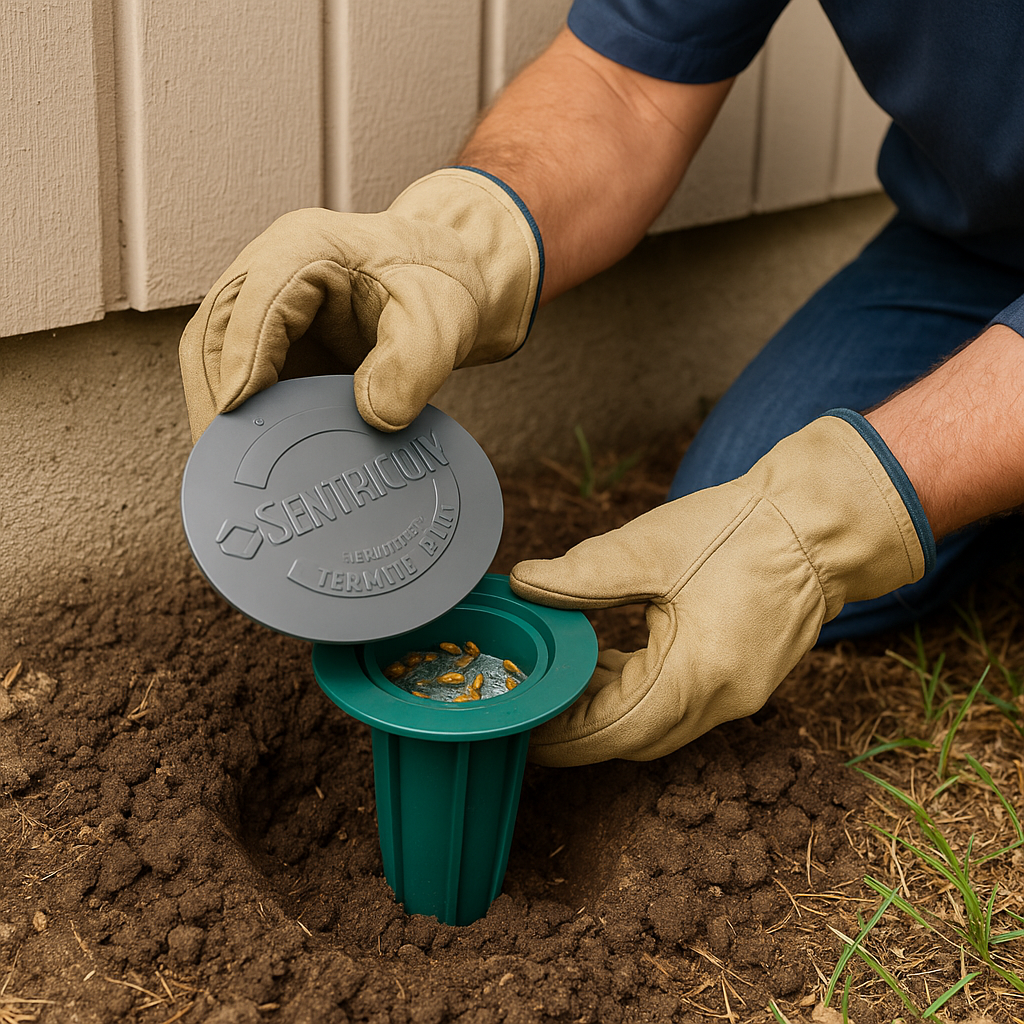


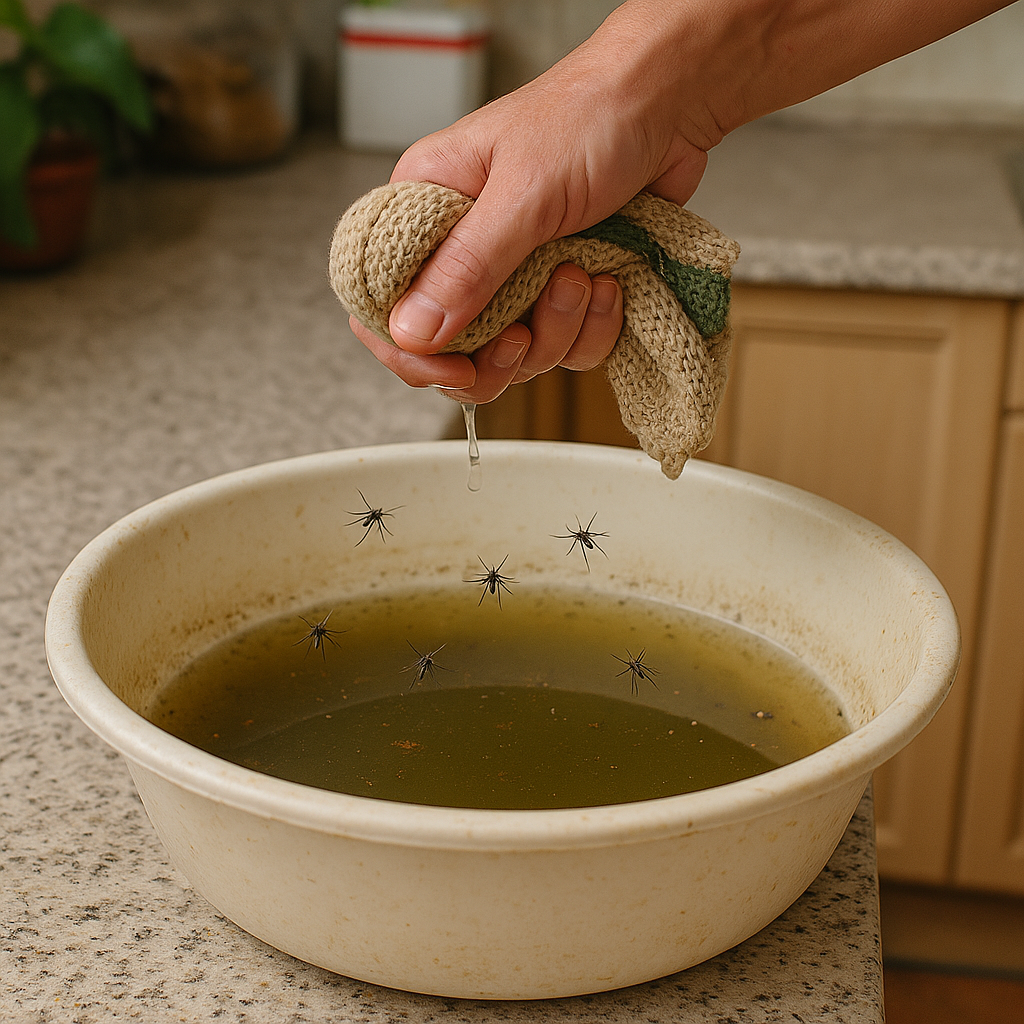


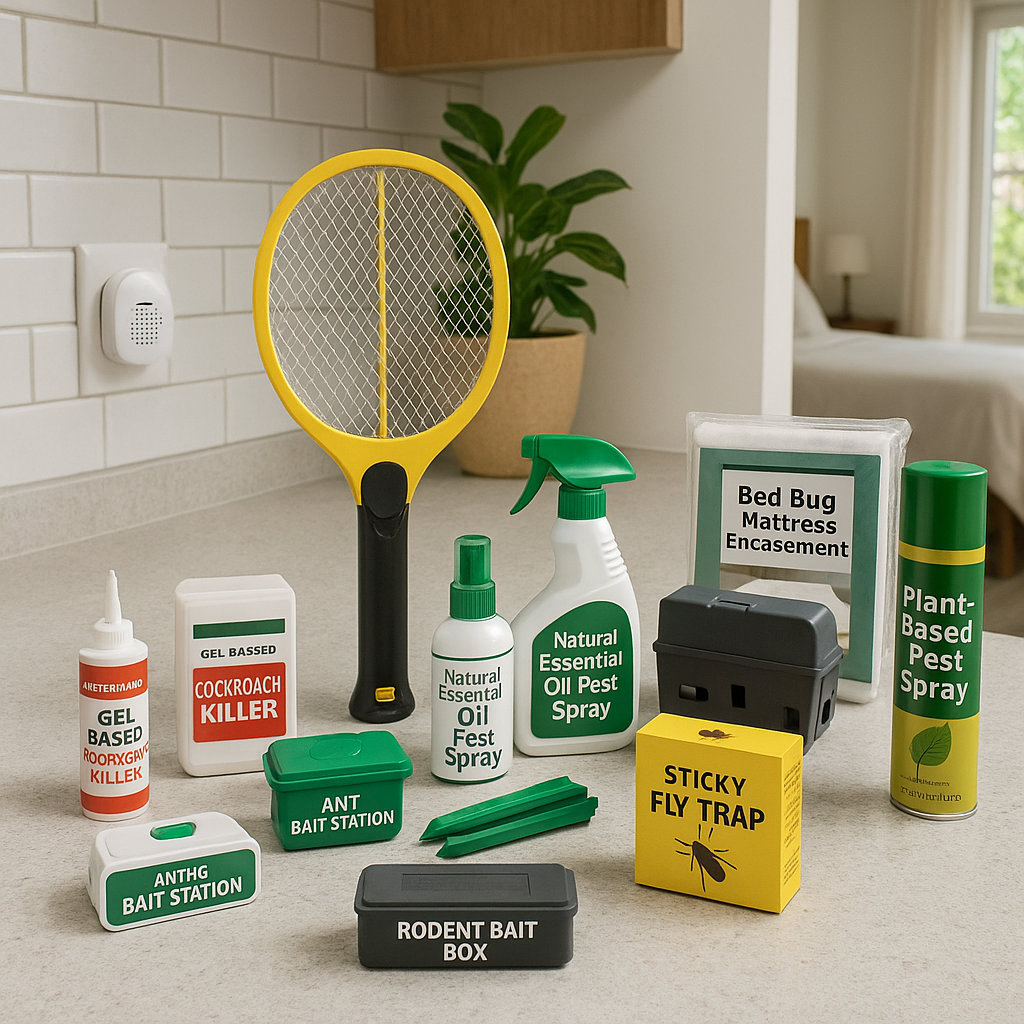
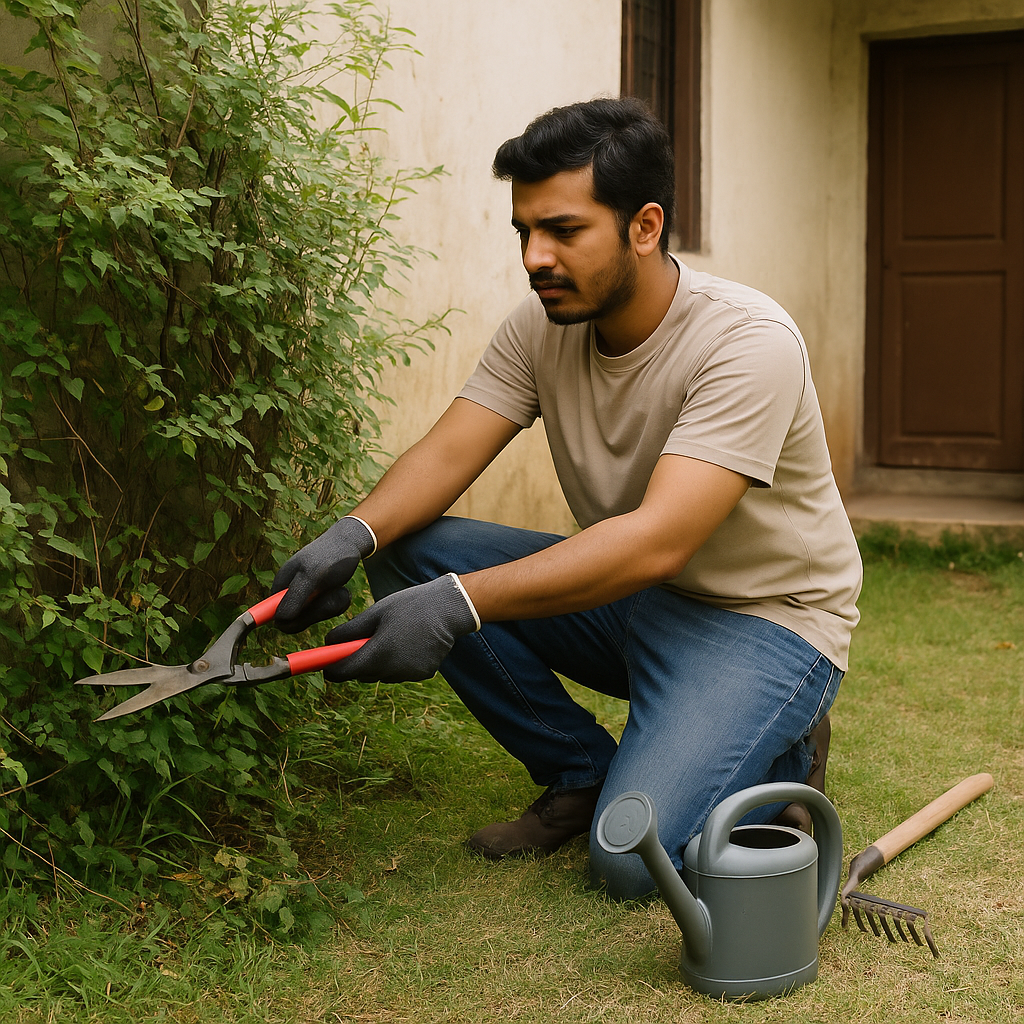



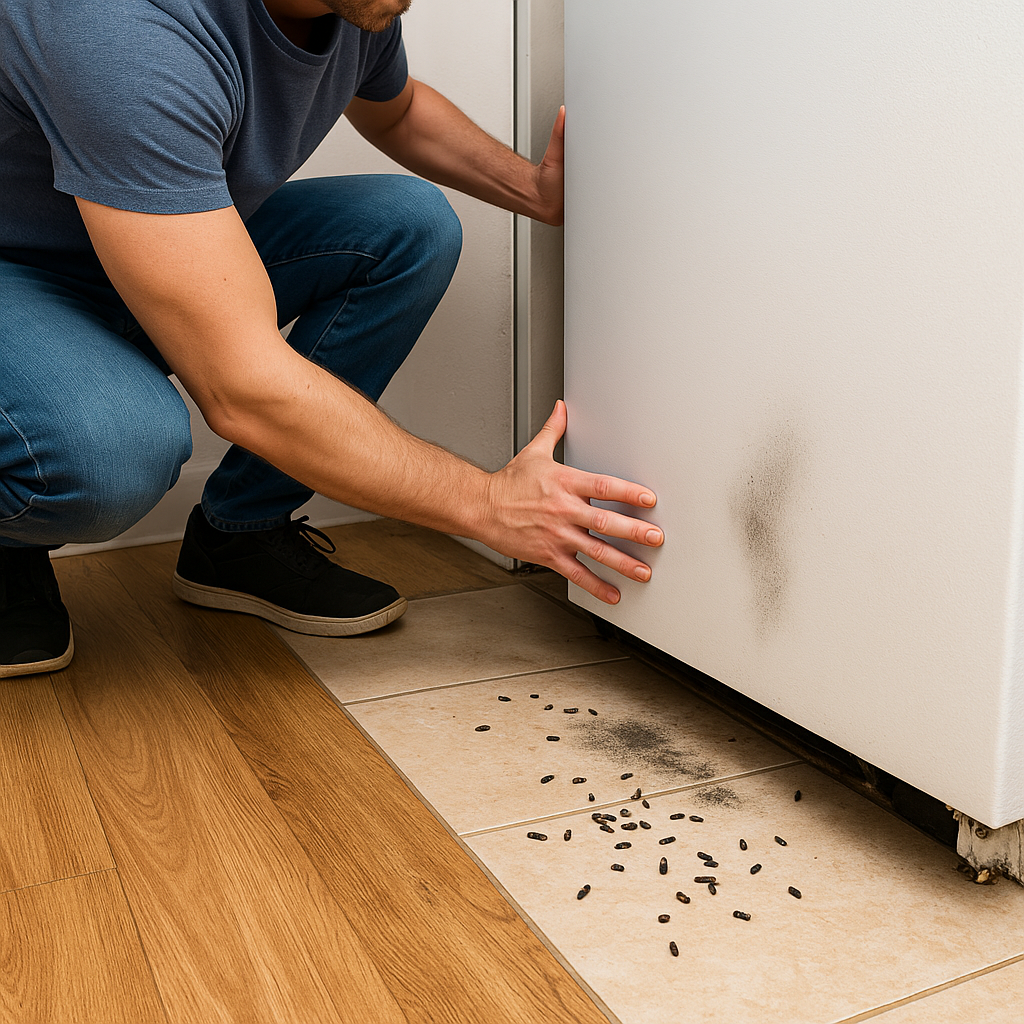

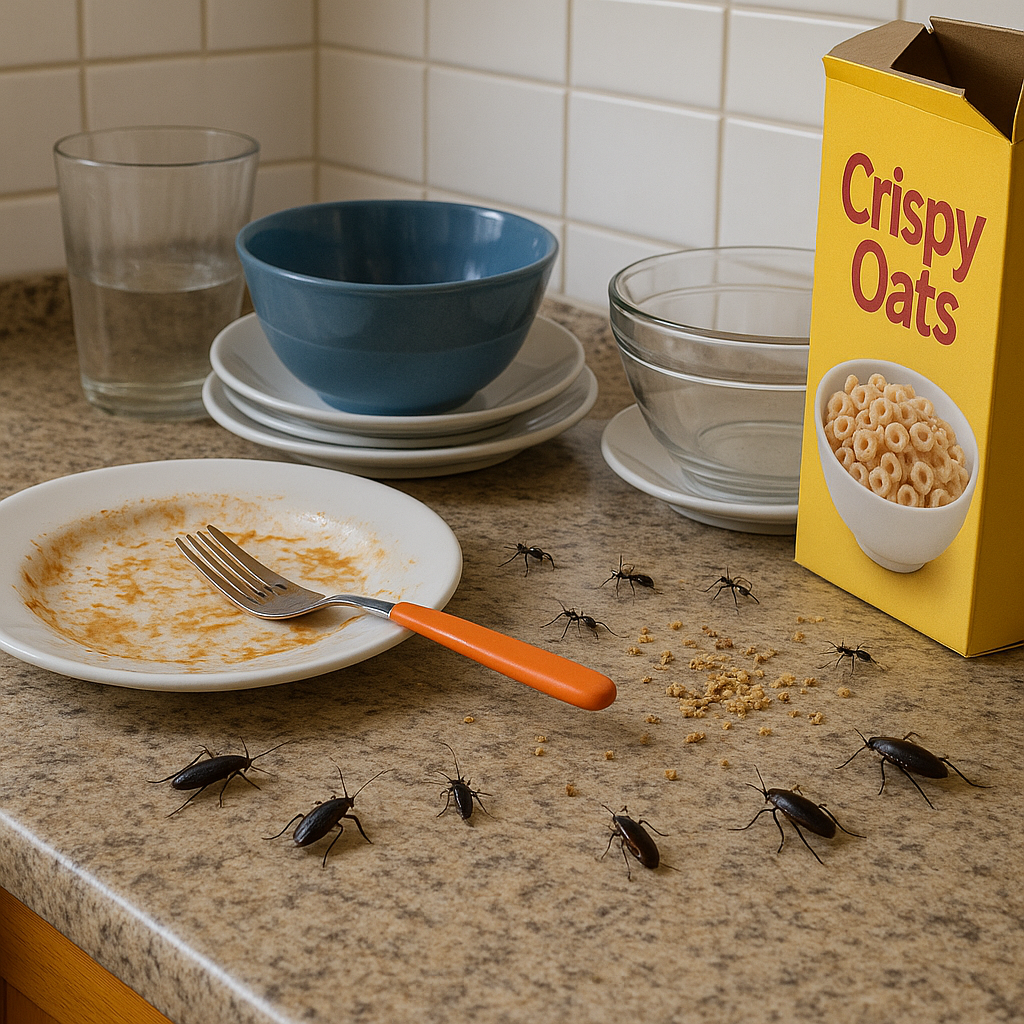




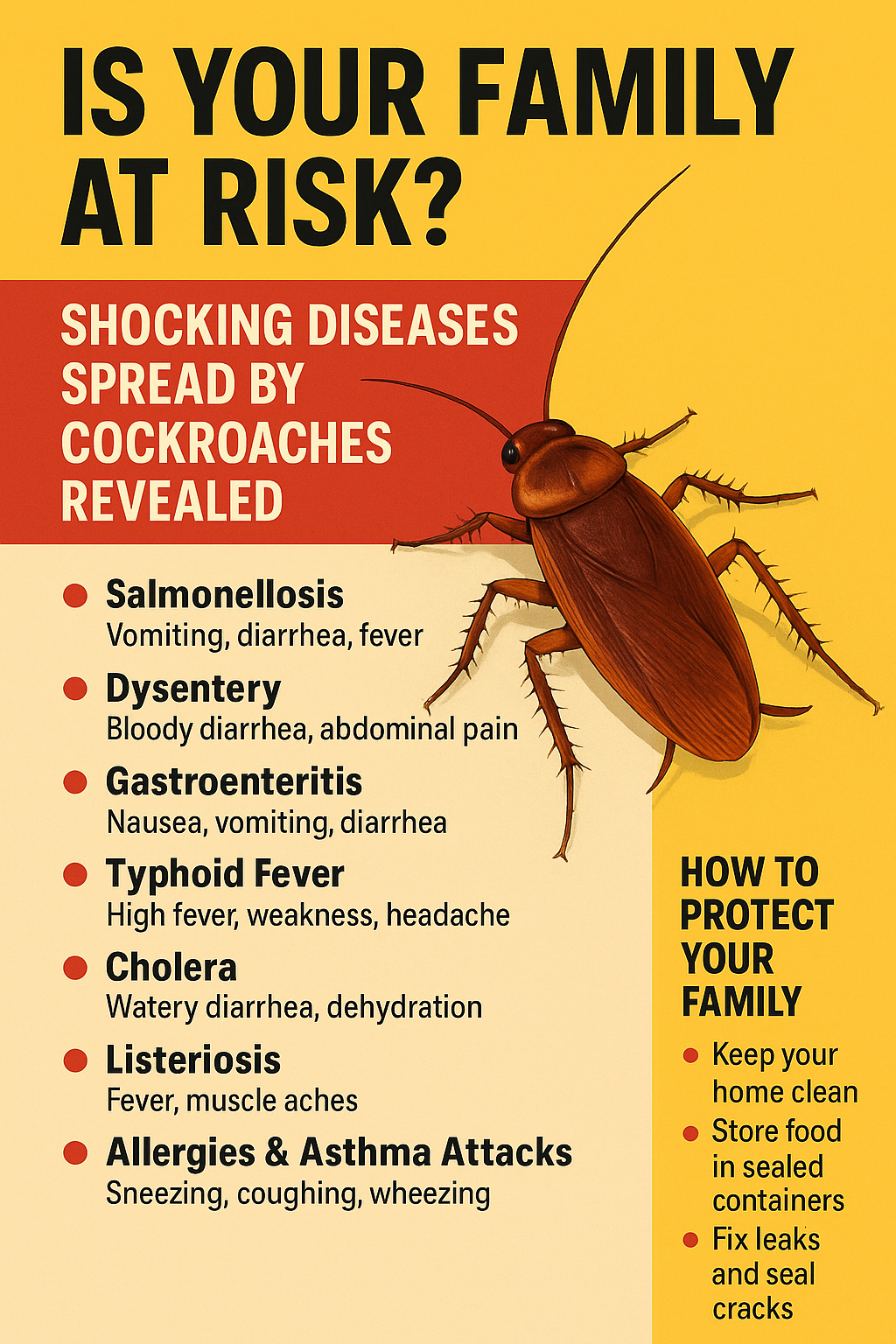

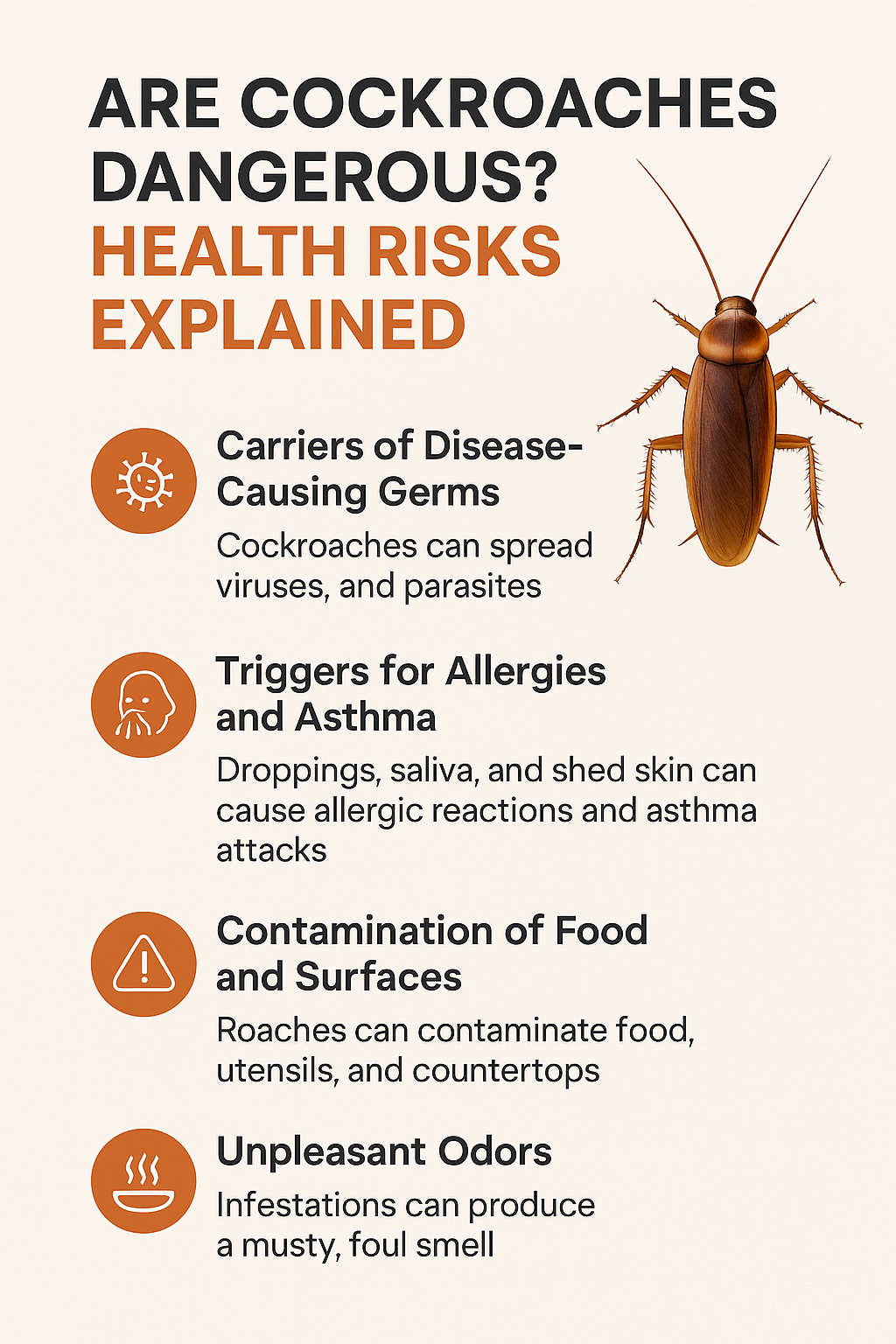




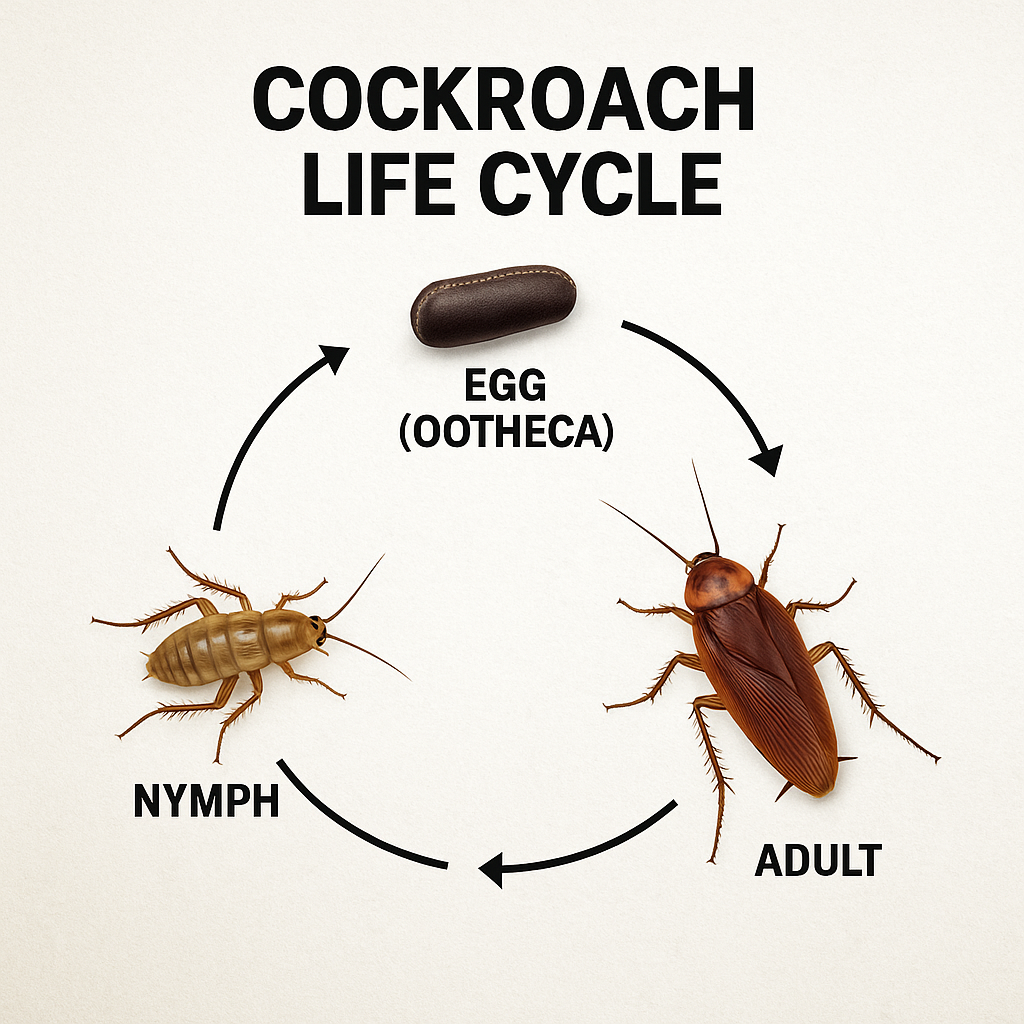
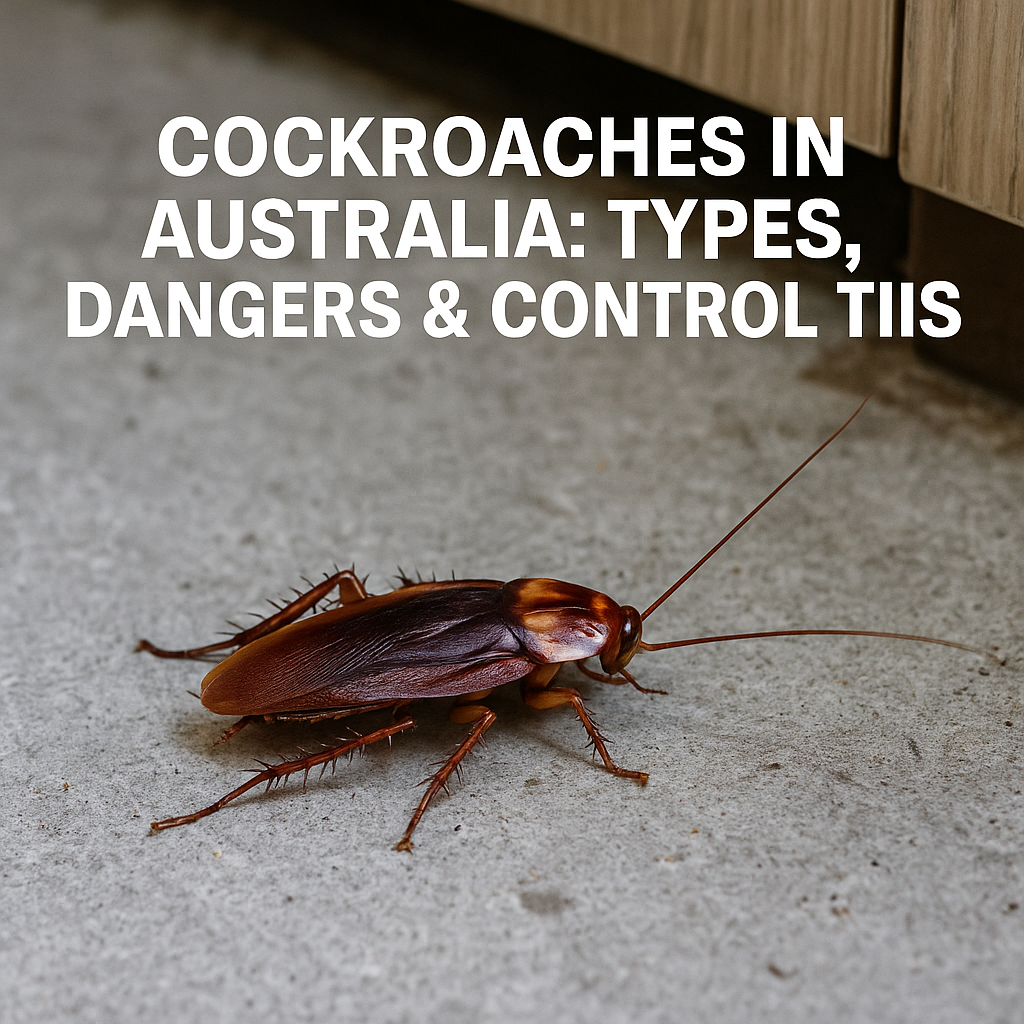
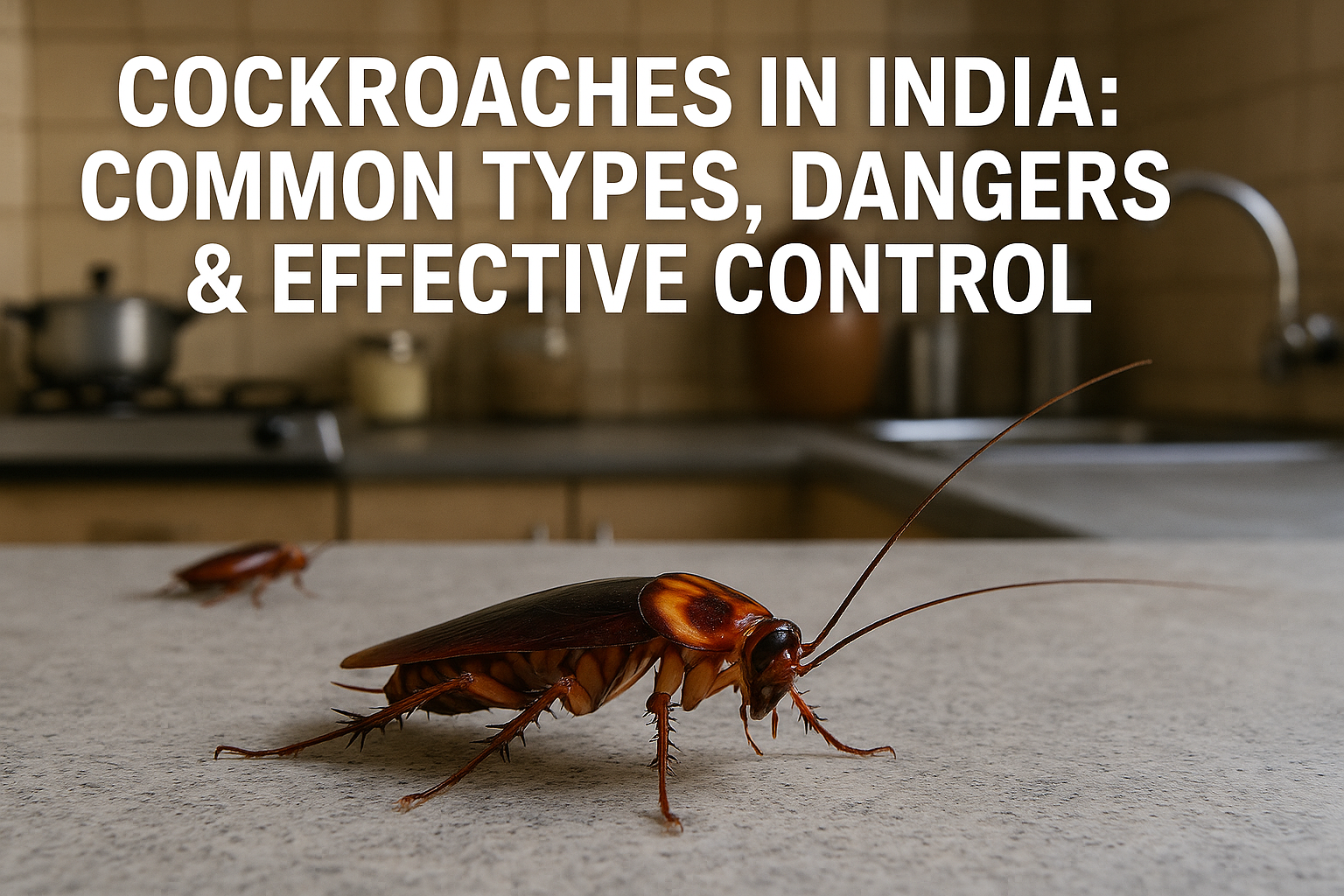
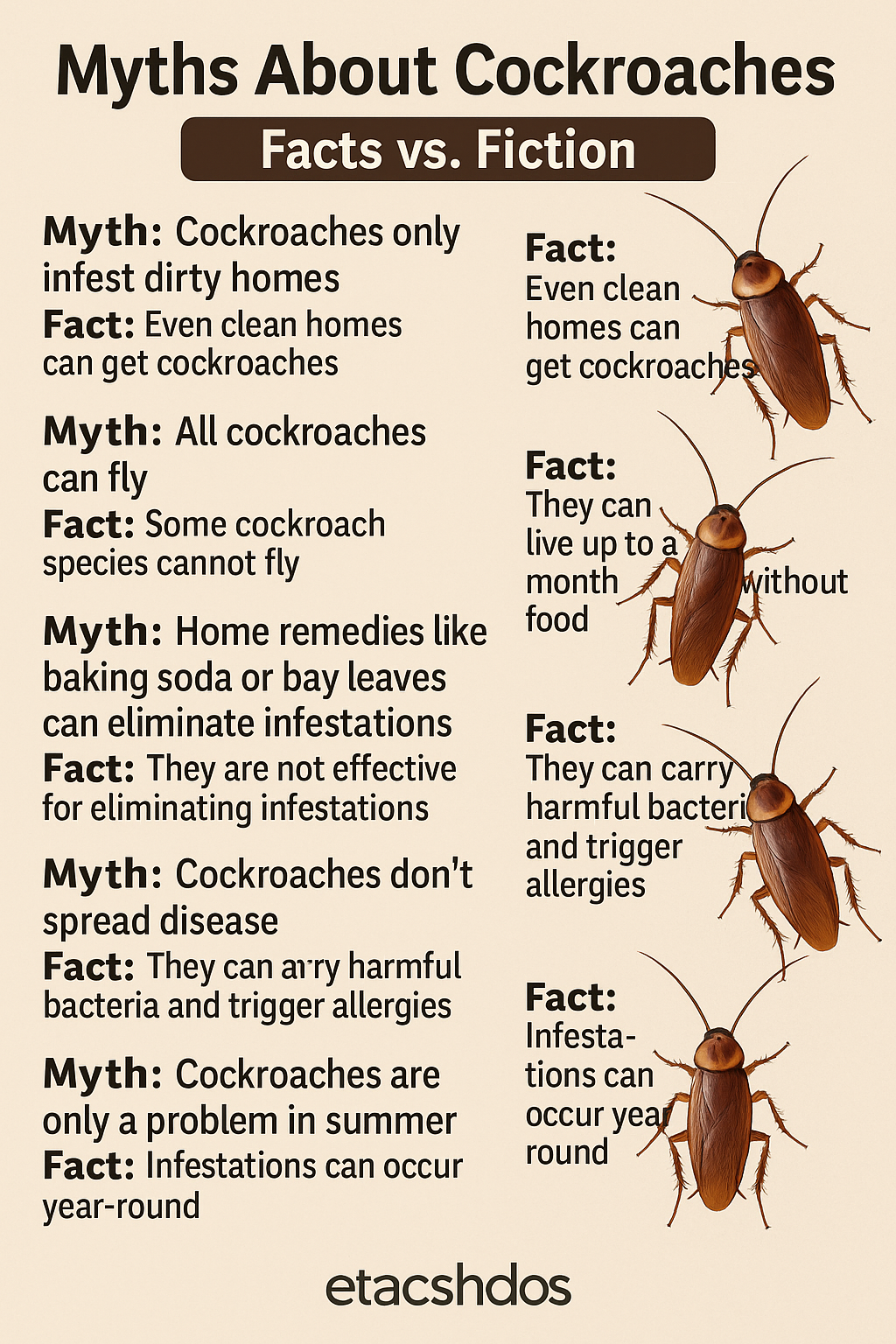
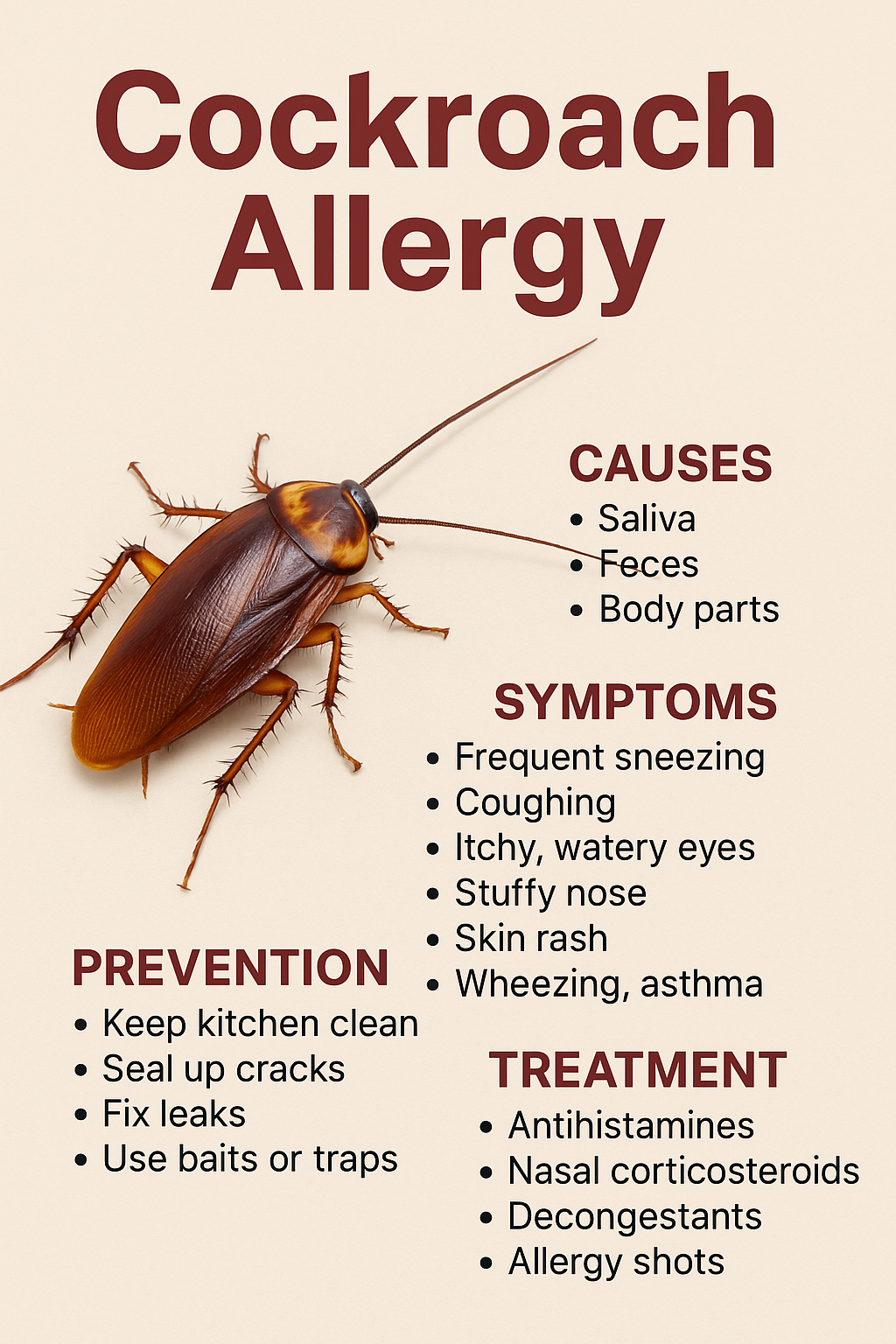
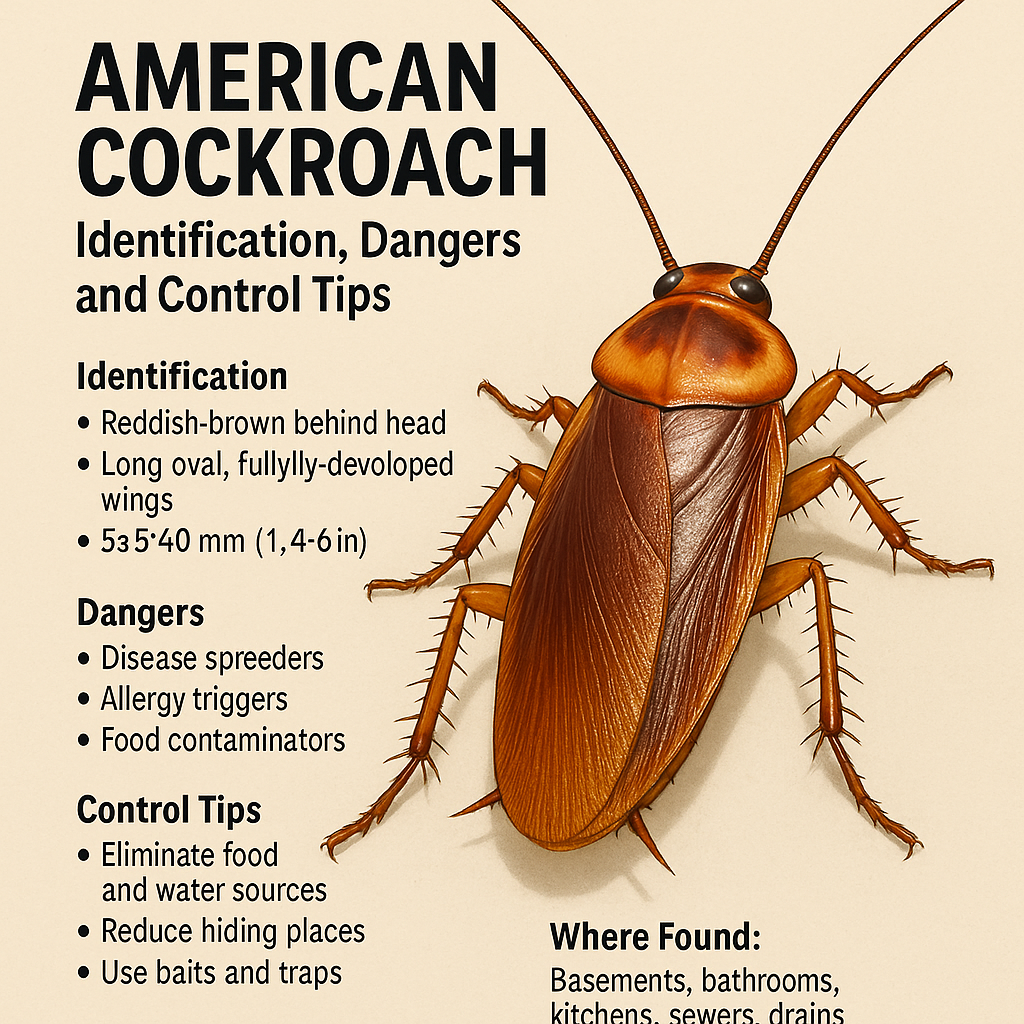
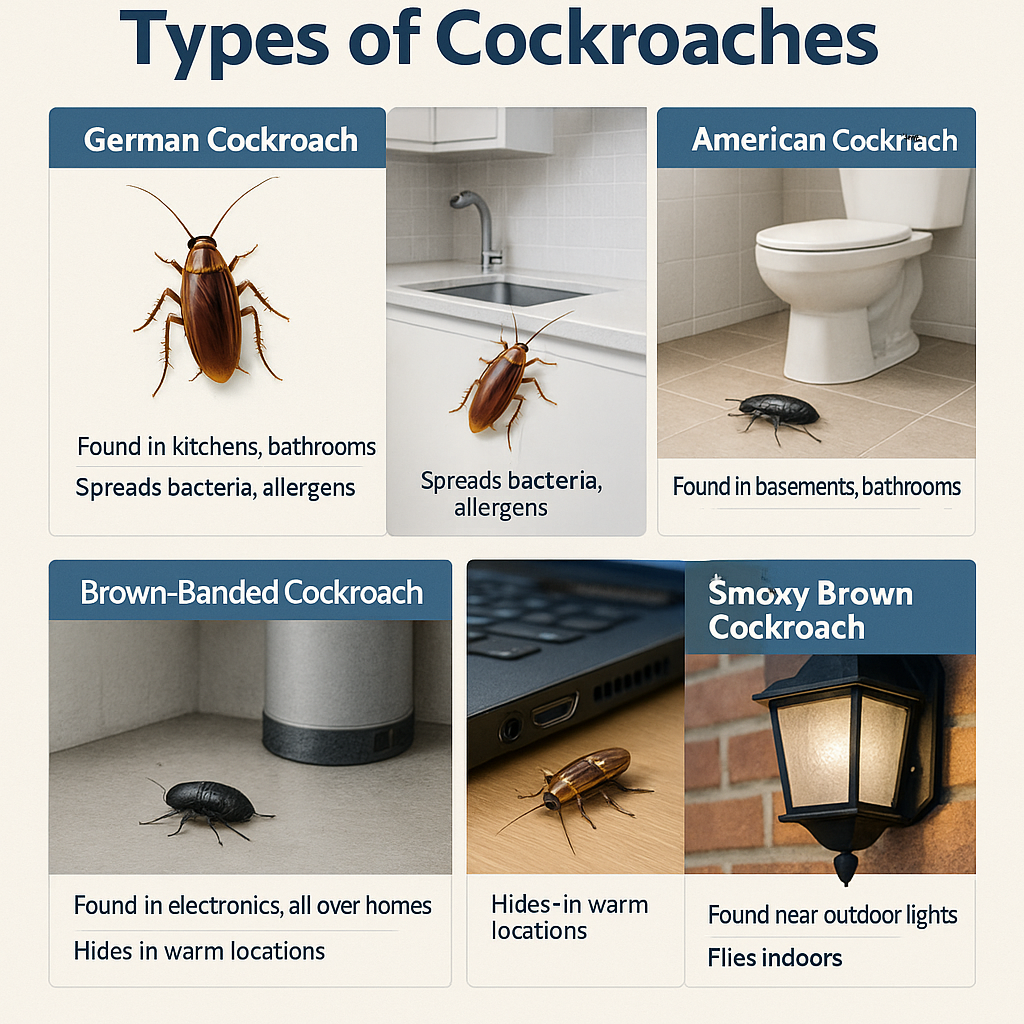
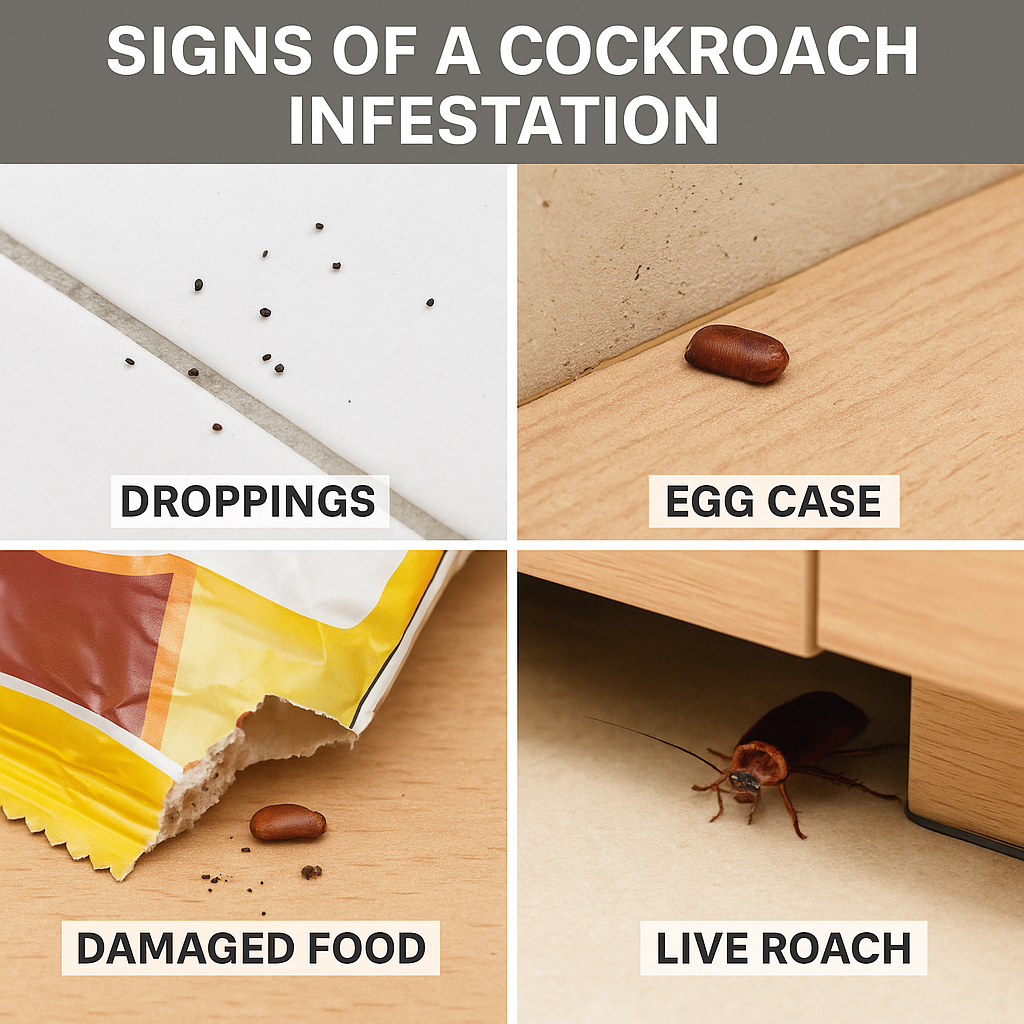


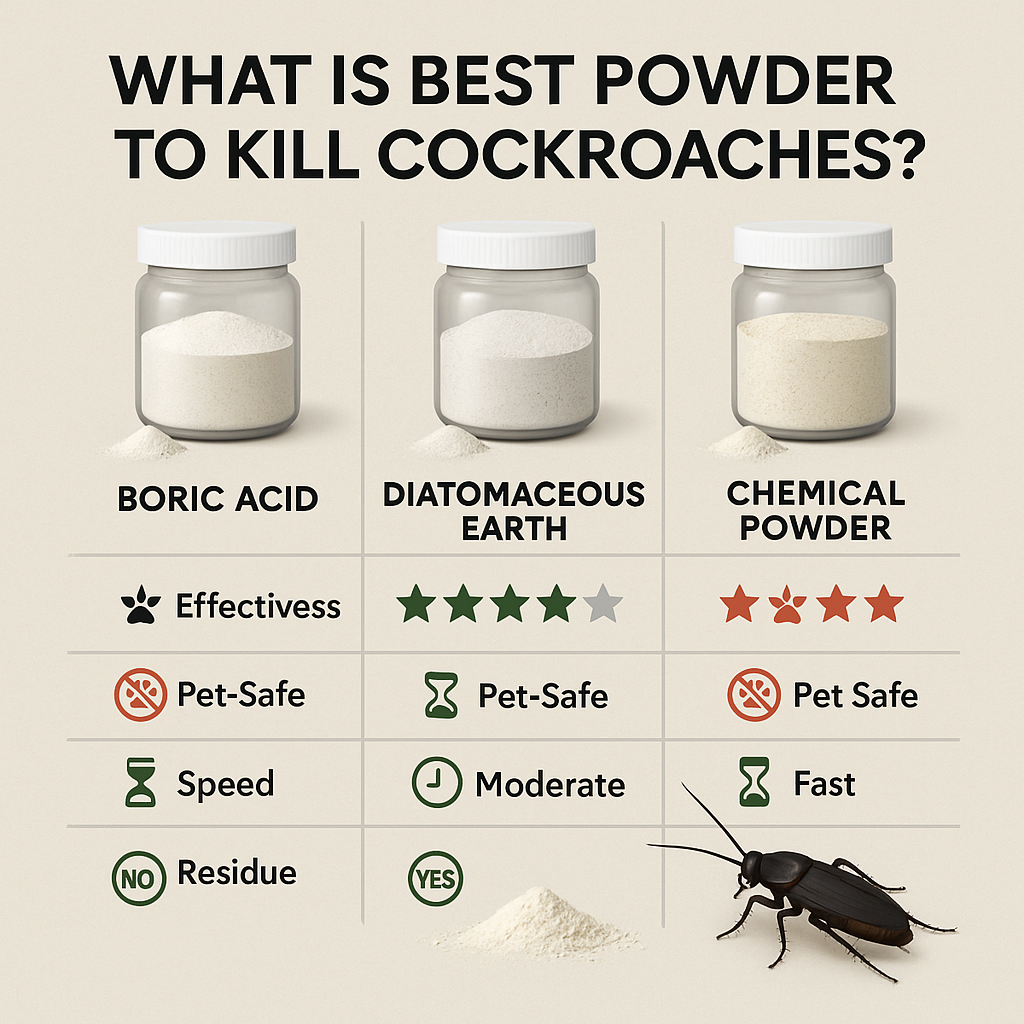



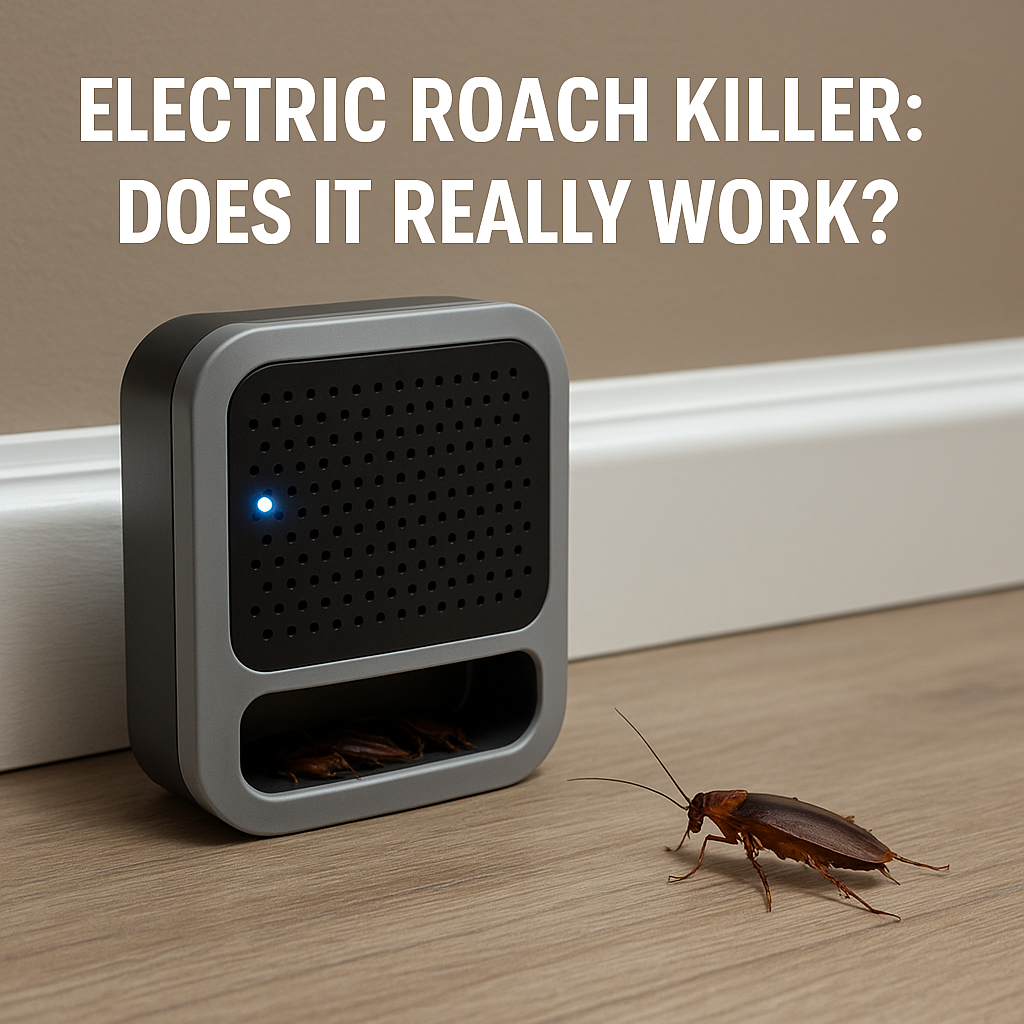
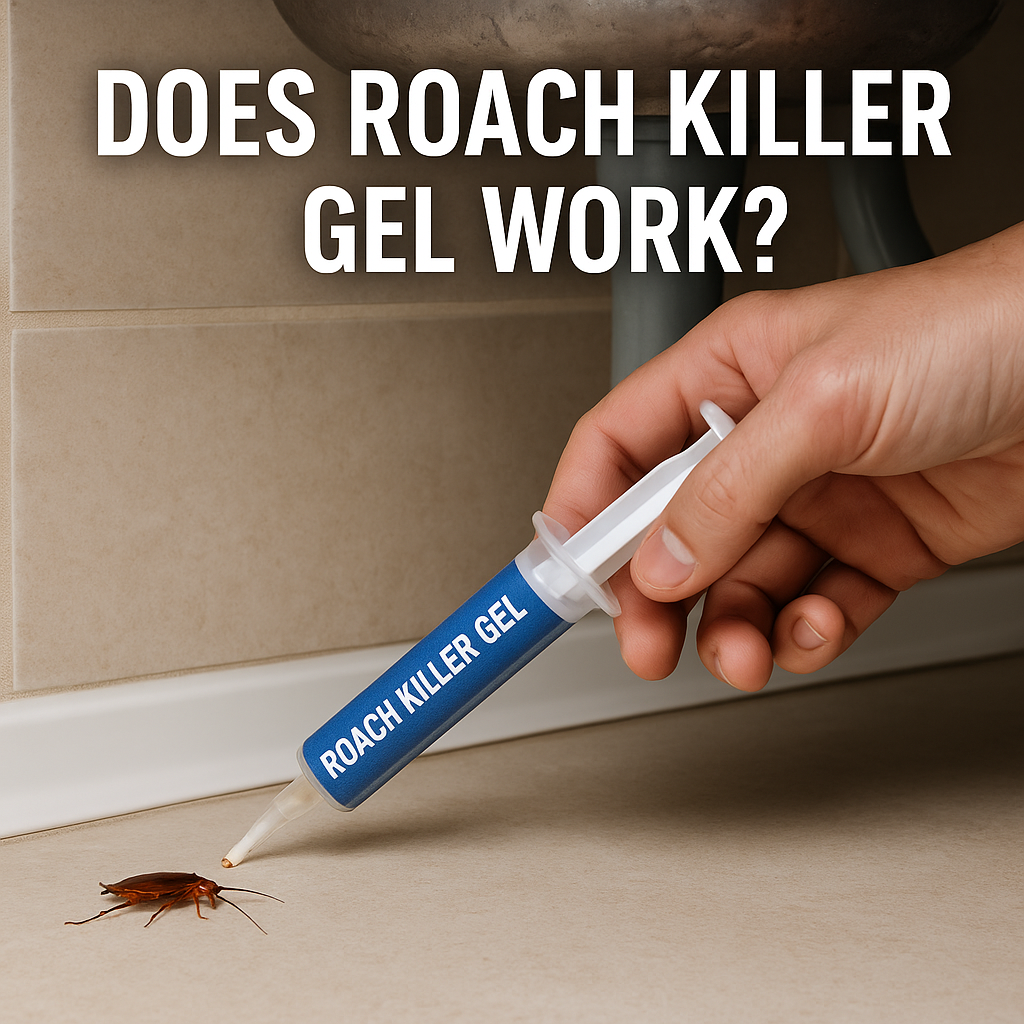

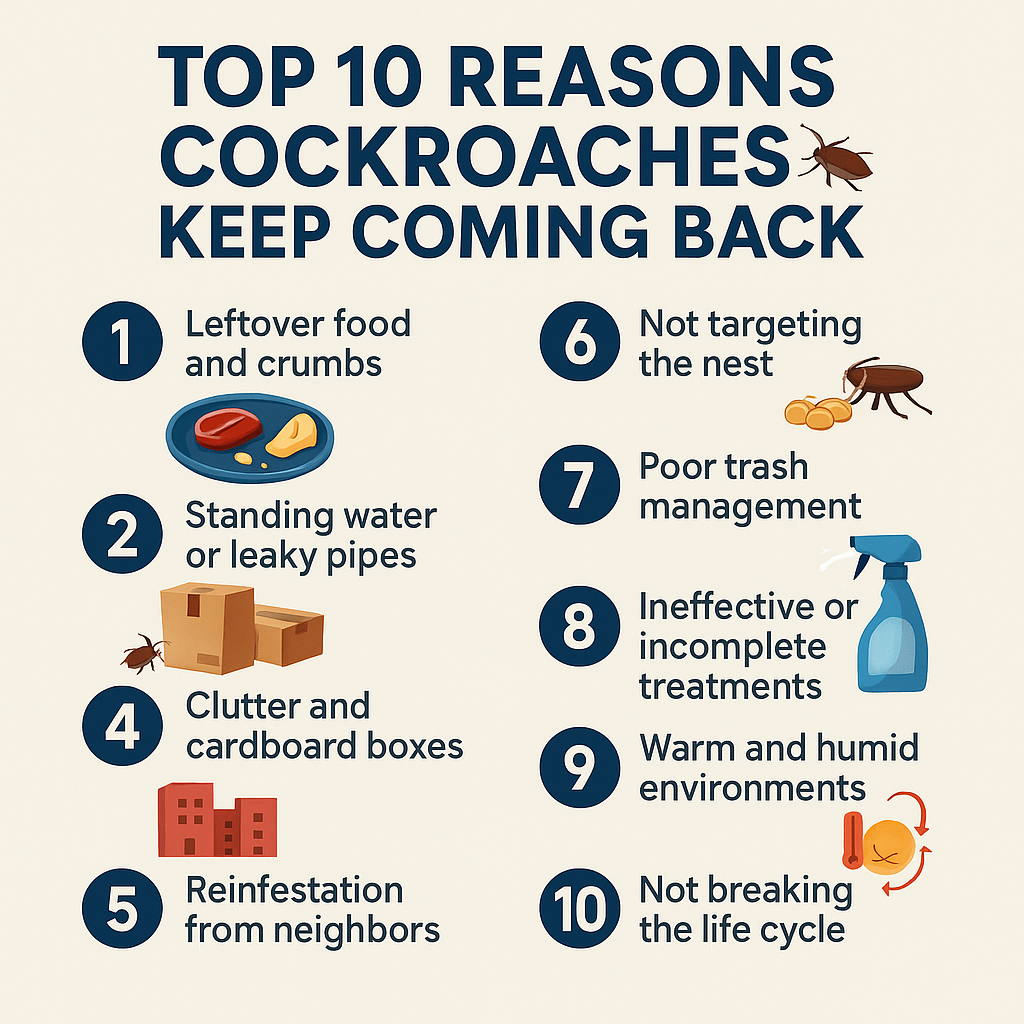





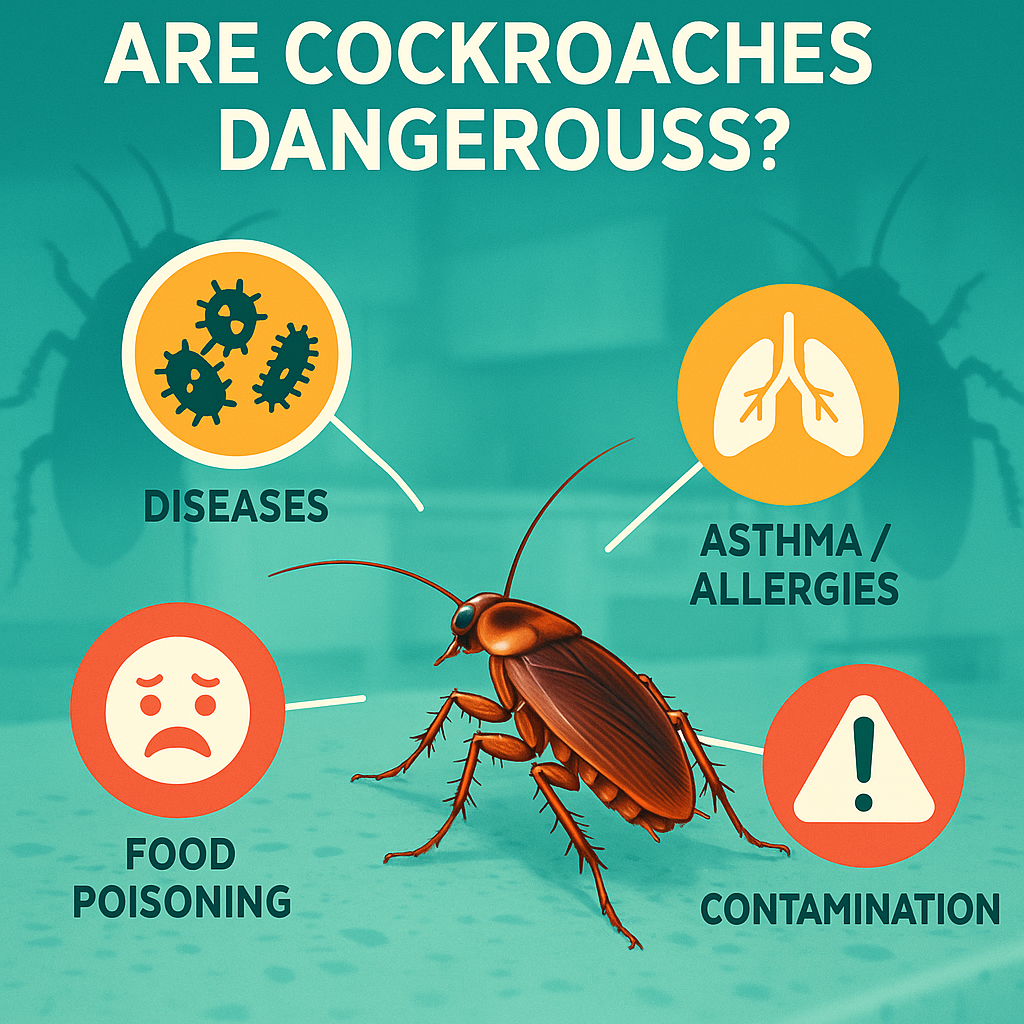
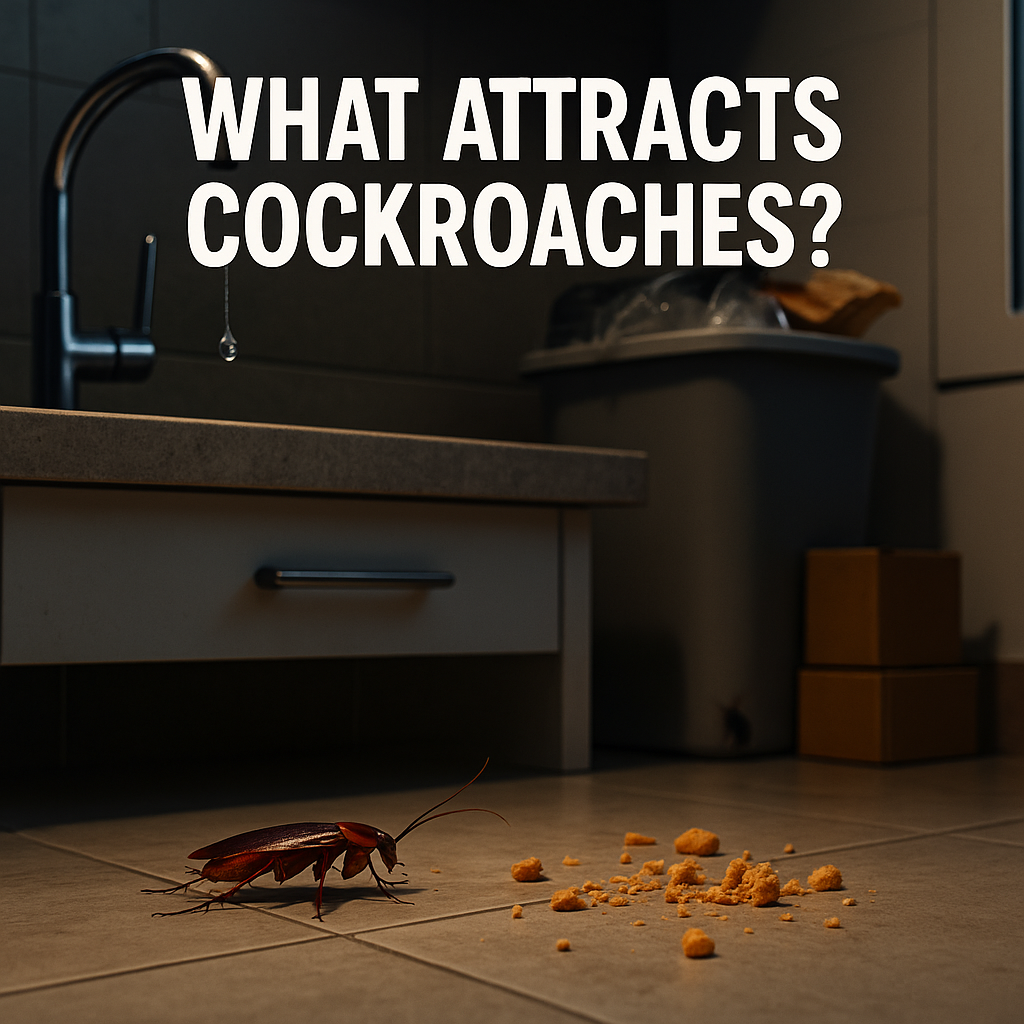

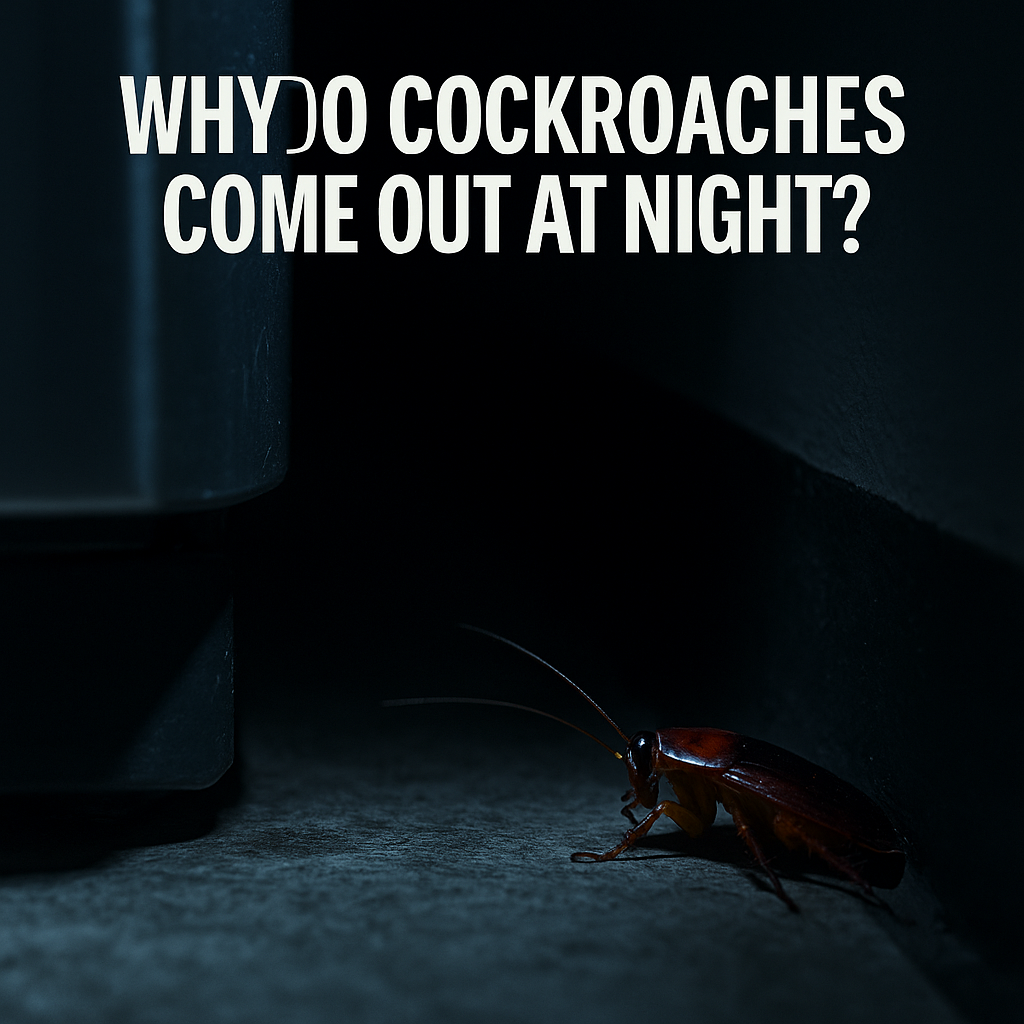

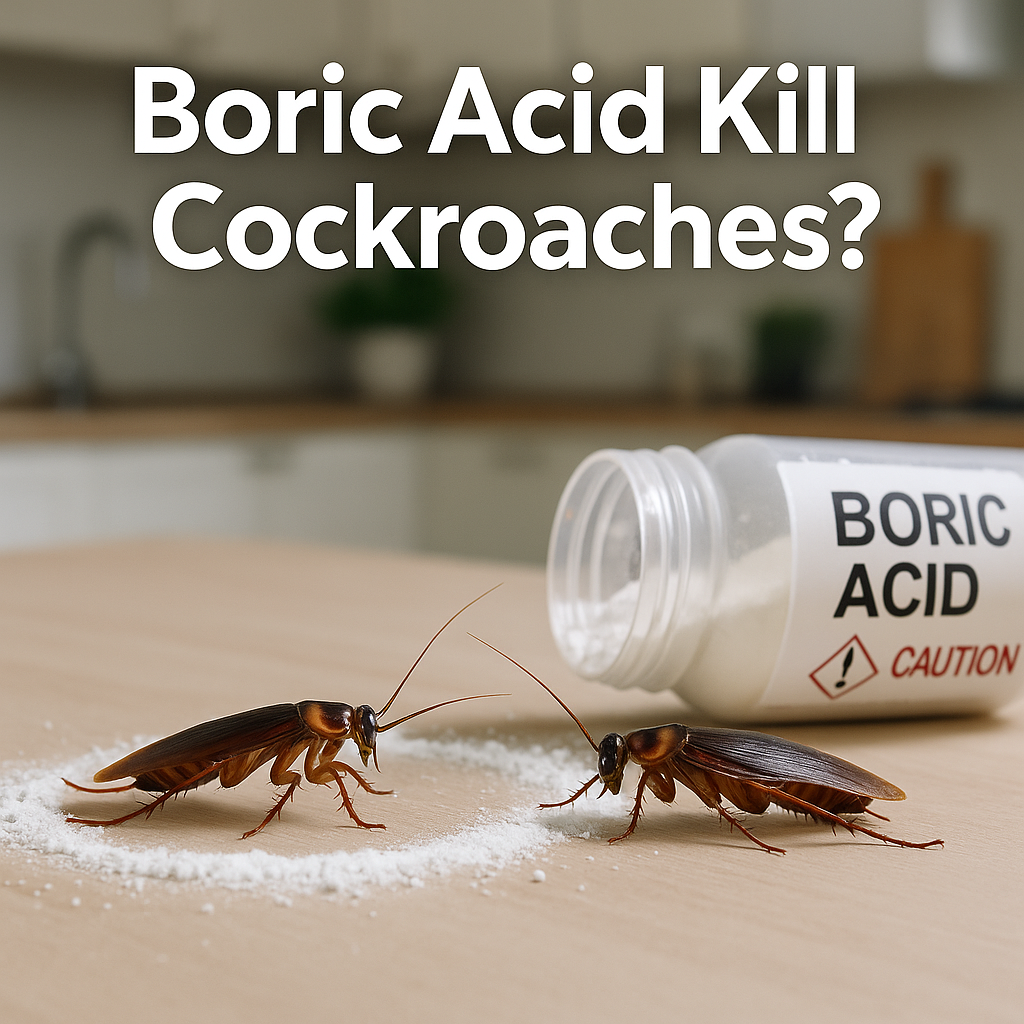


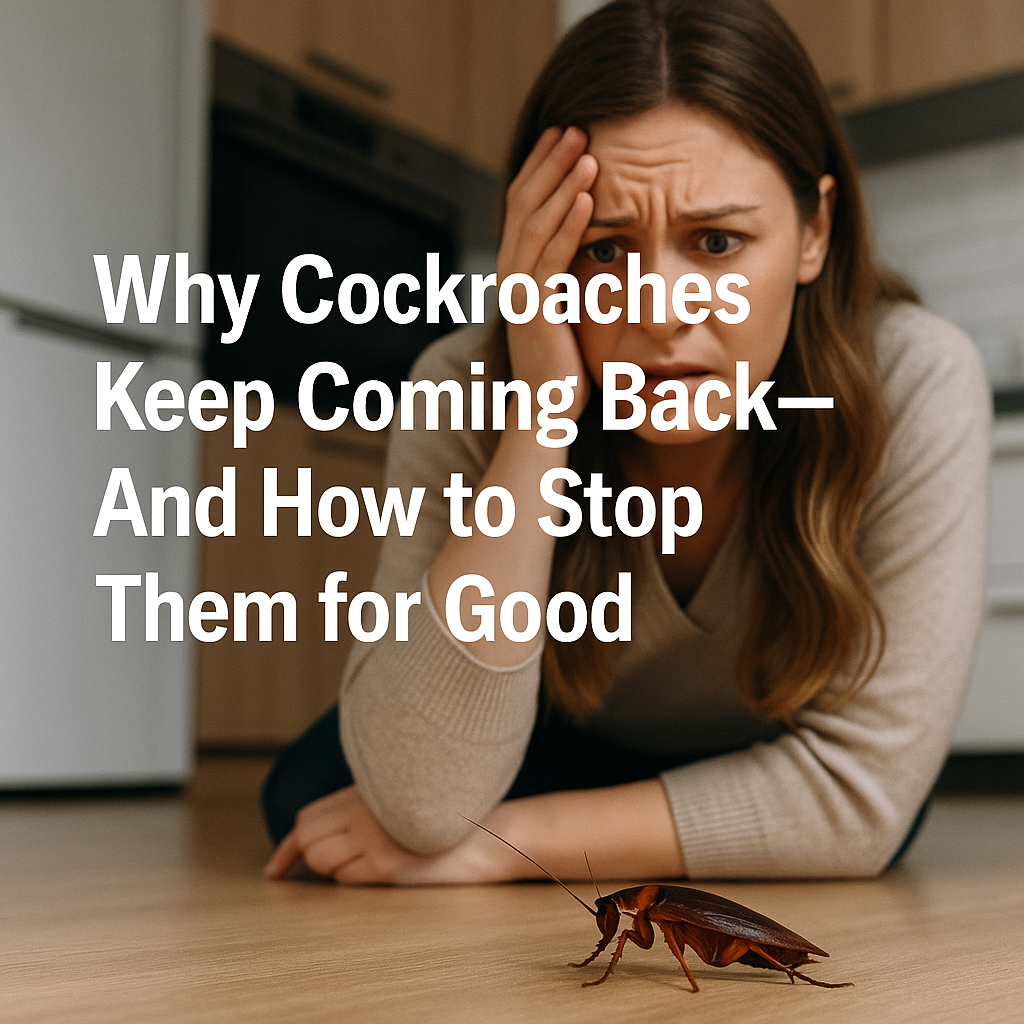




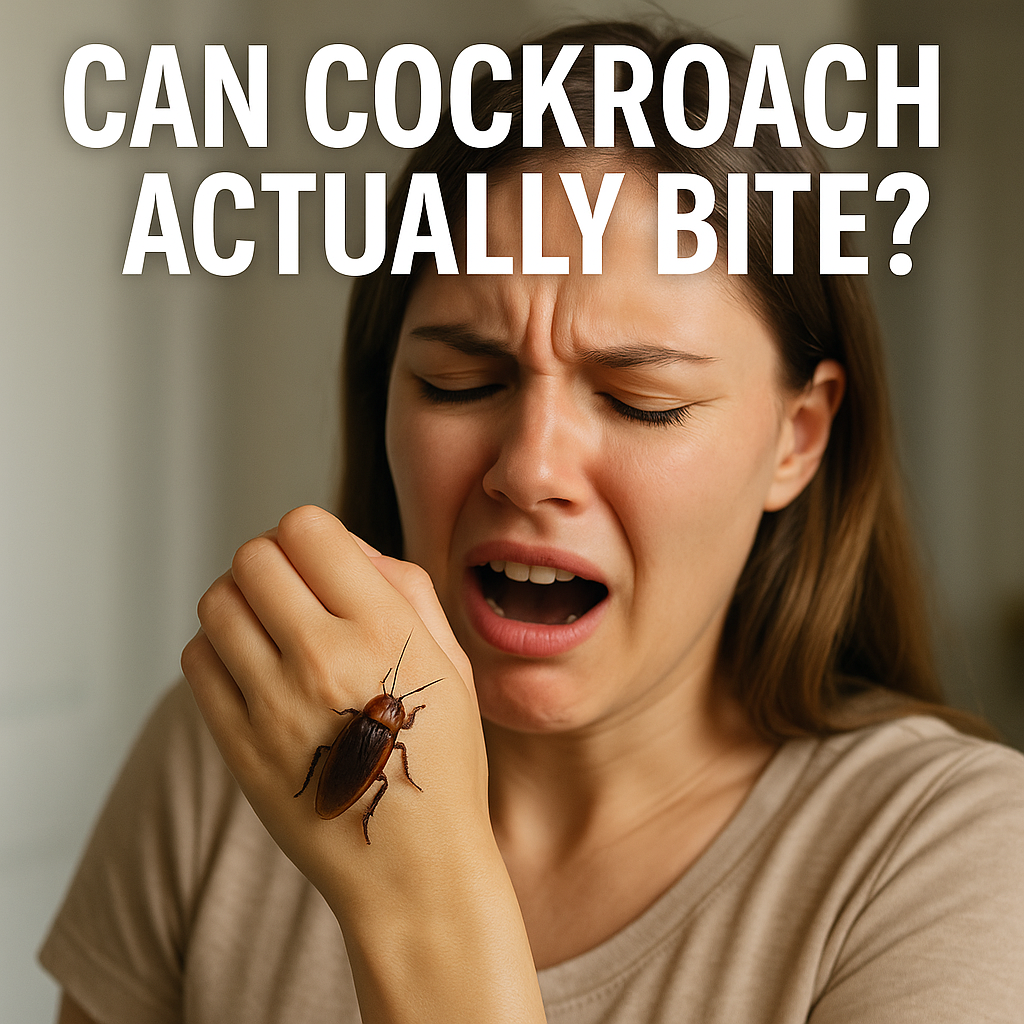







(0) Comments